 Abraham Lincoln
If given the truth, the people can be depended upon to meet any national crisis...
Abraham Lincoln
If given the truth, the people can be depended upon to meet any national crisis...
 Guildford news...
for Guildford people, brought to you by Guildford reporters - Guildford's own news service
Guildford news...
for Guildford people, brought to you by Guildford reporters - Guildford's own news service
Birdwatcher’s Diary No.281 A visit to the Orkney Islands
Published on: 13 Jun, 2023
Updated on: 13 Jun, 2023
By Malcolm Fincham
Once again, and with much gratitude to my birdwatching pals, I was on the road for another adventure.
This time a once in a lifetime opportunity to visit the Orkney’s.
With arrangements made and fine weather in the forecast, there was a feeling of magic in the air, as I ventured north in the company of Dougal, Ross, and Ross’s nature-loving 14-year-old son, Max.
The first major reference point as we headed northward, was the Angel of the North sculpture looming over us as we past it.
We were passing through ‘Geordie land’. An affectionate name used to describe the North East region of England in and around the city of Newcastle upon Tyne and the town of Gateshead.
Bringing to the forefront of my thoughts their famous band Lindisfarne, I hummed a few of their folk-rock songs, as we continued on through. Most prominent, being No Time To Lose. “Up on the motorway, Scotland’s not far, see what we can find”.
As the ever flourishing, mountainous landscapes of bonnie Scotland heightened, our first stop was Loch of the Lowes, near Dunkeld, in Perthshire.
Probably most famous for its annual breeding ospreys. One named ‘Lady’ being the best remembered, having thought to have lived over 28 years, producing many clutches of young in her long tenure there.
While several pairs of goldeneye ducks added to our ‘trip’ list.
Continuing our journey, hooded crows became more readily seen, as the hills continued to encroached on the skyline, as we traveled north through the Highlands of Scotland.
On our arrival to the northern-most coastal areas, we saw our first eider ducks.
While also getting to see my first red-throated divers of the year, now in summer plumage.
Just out beyond the coastline, a few sandwich terns could also be seen.
Having boarded the ferry and having set sail, allowed us some pelagic views as we crossed the sea in the direction of the Orkney islands, thus adding a few more seabirds to our ‘trip list’.
A few fulmars flew about the ship as it rocked gently on the calm waters.
While a number of gannets flew close by allowing a few photos as they passed.
Also adding kittiwakes to my sightings.
Small clusters of guillemots flew low over the water, passing in varied directions.
And a few razorbills added to my ‘record’ shots.
I was also able to add a few puffins to my year’s sightings though too distant to photograph as a few past, low over the waves.
The welcoming sight of The Old Man of Hoy rock suggested we were soon to arrive on the Orkney Isles.
As we entered the harbour, black guillemots could be added to our lists.
The weather remained settled, although overcast for the most part. Keen breezes kept temperatures in the low ‘teens’ centigrade throughout most of the week. Dry weather gave us plenty of opportunities to crack-on with our quest.
Our accommodation was pleasantly situated, looking out on a small loch, close to the sea.
On it were a gaggle of ‘greylags’. A few of many seen during our stay on the island.
A small raft of tufted ducks were also present.
And a pair of mute swans that graced the water, now already tending to a group of nine cygnets.
Also viewed on the Lochan were a pair of red-breasted mergansers.
As well as a handful of Arctic terns that fished there.
Close to where we stayed were the Churchill Barriers, built across Scarpa Flow during the Second World War by Italian prisoners of war. They were built on the orders of Winston Churchill, constructed of permanent causeways, with roadways laid on top.
Still standing and kept in pristine condition is also a chapel they constructed.
This I found was well worthy of a visit.
Just off the first of the barriers, and a delight to see, was a ‘summer plumage’ great northern diver allowing us good views as well as a few reasonable photos.
One of the biggest treats of my visit was to see, at close quarters, a Risso’s dolphin. Noting its stocky girth, bulbous head and discernible beak, unlike any other dolphin I had seen before.
There was always, of course, a risk that Ross, pictured beyond the signpost, might get some better photos than I could! Which inevitably he often did.
A surprise for us to see while driving across the fourth barrier were several little terns in flight. Later learning that Orkney has the UK’s most northerly colony which migrate thousands of miles each year to breed there.
Staying well outside the restricted area, I counted a colony of more than 20 birds.
As we traversed the island, Arctic skuas could be occasionally be seen in flight.
Great skuas could also be viewed. In northern parts of Britain they are often referred to as ‘Bonxies’. they are well known to be the ‘highwaymen’ of the gull world, robbing other gulls of their food and known to kill them in their pursuit.
Across the moorlands curlews were of common sight.
We also had the pleasure of at least three decent sightings of short-eared owls.
Not persecuted as they are around grouse moorlands on the mainland of the UK, hen harriers could often be viewed. The females are known as ‘ringtails’ due to their distinctive tail banding.
While the beautiful males, (of which I had a personal affection in photographing) are a ghostly blue-grey with a white rump and black wing tips.
Adding to our sightings and photos while on the island were a few wheatears.
While oystercatchers were abundant there.
Skylarks were also present and often heard in song.
While the guttural ‘cronking’ sounds of ravens could be heard.
Wild rock doves were also present in good number.These are ancestors of our feral town pigeons and live in very different settings, on northern rocky coasts and islands, than their urban cousins.
On one of the lochs I was able to pick out a pair of greater scaup.
Arctic terns were abundant, with very few similar looking common terns seen during our stay.
Common terns, are slightly larger overall than Arctic terns, with a longer bill, with black tip, longer legs. The Arctic tern has a rounder head with a steeper forehead.
Ringed plovers were also commonly sighted.
Lots of ancient stone circles littered the landscape, taking one back to past lives that once lived and worked the land there.
Even spotting ‘with a wry-smile’ what may have been an ancient barbecue?
A few orchids had started to appear.
And along the roadsides, surprisingly, daffodils and bluebells were still out in flower.
While a few interesting bee species were starting to pollinate the wild flowers.
I also had my first opportunity of seeing an orca in the wild.
Despite it being about three miles out to sea, even getting a record shot of its distinctive sail-fin, though better views could be obtained through a ‘scope’.
Among their food menu, plenty of grey seals could be observed, at least, the wise ones that could be viewed close to the shoreline.
While at numerous points along the cliff edges fulmars nested.
And shags gathered.
Unfortunate for us, in what seemed to be a blink of an eye, our visit had come to an end.
Long before we had the opportunity to digest all the wonderful sightings we had consumed during our stay, we were back in the harbour, once again watching the guillemots.
A few black guillemots (also referred to as tysties. in Scotland) were also present. And even a bridled guillemot.
As well a copiousness amount of swallows.
This time The Old Man of Hoy was more distant to view and iridescently lit by the setting sun.
Fortunately, our holiday was not yet at an end. With much thanks we had prearranged a few days stay at Aviemore in the Cairngorms National Park on our return journey.
And with some assistance from Steve, an old friend, now a wildlife safari guide in the area, we were able to add…
Slavonian grebes in summer plumage, now with two chicks on a small lochan.
On another loch within the Cairngorms National Park we also added black-throated divers.
As well as a common sandpiper along the water’s edge.
While in ‘local’ secluded gladed silver-birch woodland areas, we added:
Pied flycatchers.
Numerous spotted flycatchers.
And several wood warblers.
Siskins.
And treecreepers to our ‘trip-list’.
As well as their locally nesting osprey.
A pleasant surprise, having only seen them just once before while visiting Aviemore well over a decade ago, was to see and photograph a small pearl-bordered fritillary butterfly.
Although this butterfly remains widespread and locally abundant in most parts of Scotland and Wales, it has severely declined in England.
At least three could be viewed in the small area of vegetation, with one even closing its wings to allow me a few photos of its beautiful underwing.
Recent Articles
- Guildford Institute’s Crowdfunding Project for Accessible Toilet in its New Community and Wellbeing Centre
- Letter: Guildford – Another Opportunity Missed?
- Letter: GBC’s Corporate Strategy – Where Is the Ambition?
- My Memories of John Mayall at a Ground-breaking Gig in Guildford Nearly Six Decades Ago
- Westborough HMO Plans ‘Losing the Heart of the Street’ Says Resident
- College Invests to Boost Surrey’s Economy and Close Digital Skills Gap
- Community Lottery Brings Big Wins for Local Charities
- GBC Housing Plan Promises ‘A Vibrant Urban Neighbourhood’ Near Town Centre
- Hospital Pillows ‘Shortage’ at the Royal Surrey
- Updated: Caravans Set Up Camp at Ash Manor School


Search in Site
Media Gallery
Dragon Interview: Local Artist Leaves Her Mark At One of England’s Most Historic Buildings
January 21, 2023 / No Comment / Read MoreDragon Interview: Lib Dem Planning Chair: ‘Current Policy Doesn’t Work for Local People’
January 19, 2023 / No Comment / Read MoreA3 Tunnel in Guildford ‘Necessary’ for New Homes, Says Guildford’s MP
January 10, 2023 / No Comment / Read More‘Madness’ for London Road Scheme to Go Ahead Against ‘Huge Opposition’, Says SCC Leader
January 6, 2023 / No Comment / Read MoreCouncillor’s Son Starts Campaign for More Consultation on North Street Plan
December 30, 2022 / No Comment / Read MoreCounty Council Climbs Down Over London Road Works – Further ‘Engagement’ Period Announced
December 14, 2022 / No Comment / Read MoreDragon Interview: GBC Reaction to the Government’s Expected Decision to Relax Housing Targets
December 7, 2022 / No Comment / Read MoreHow Can Our Town Centre Businesses Recover? Watch the Shop Front Debate
May 18, 2020 / No Comment / Read More



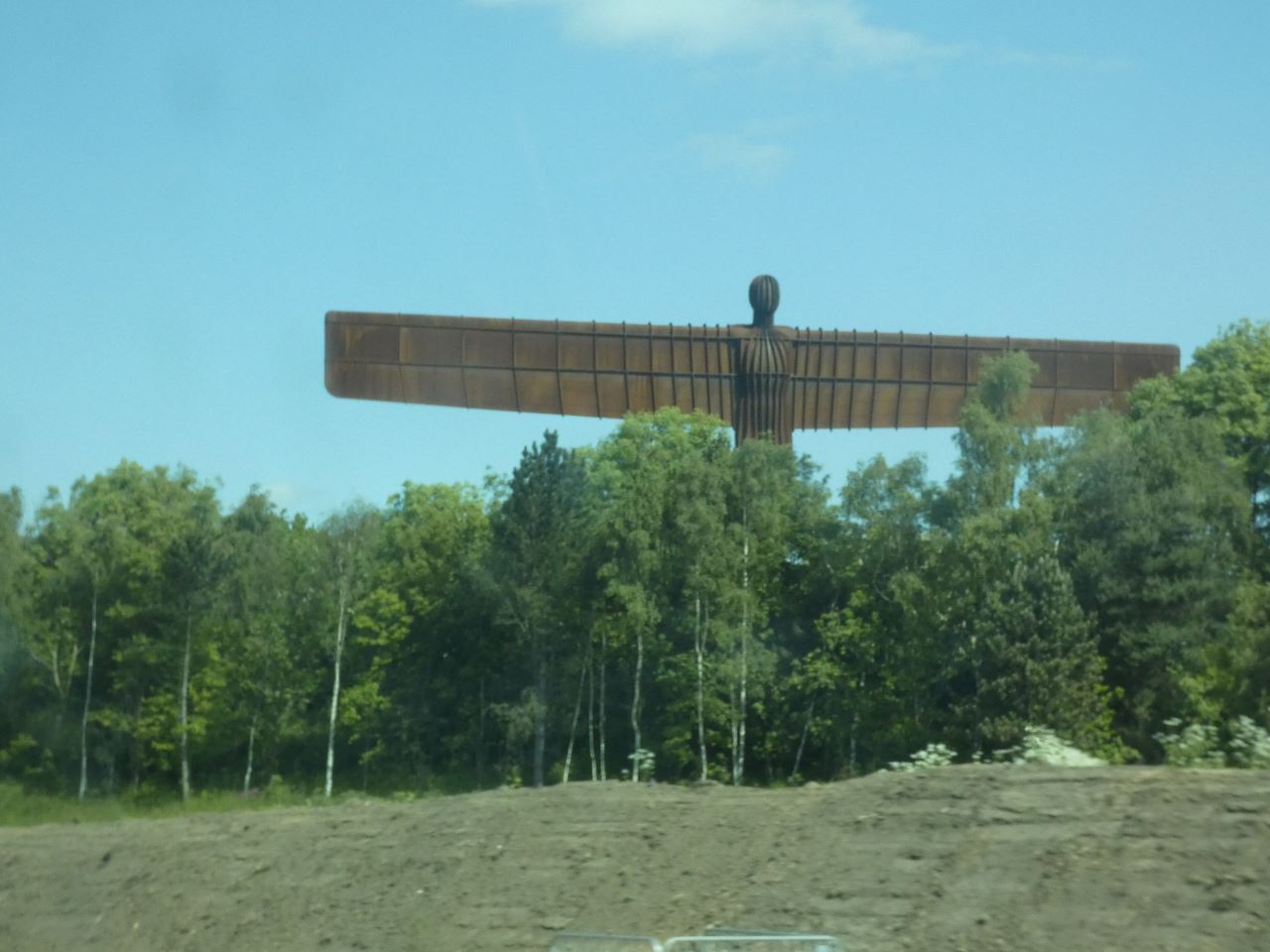
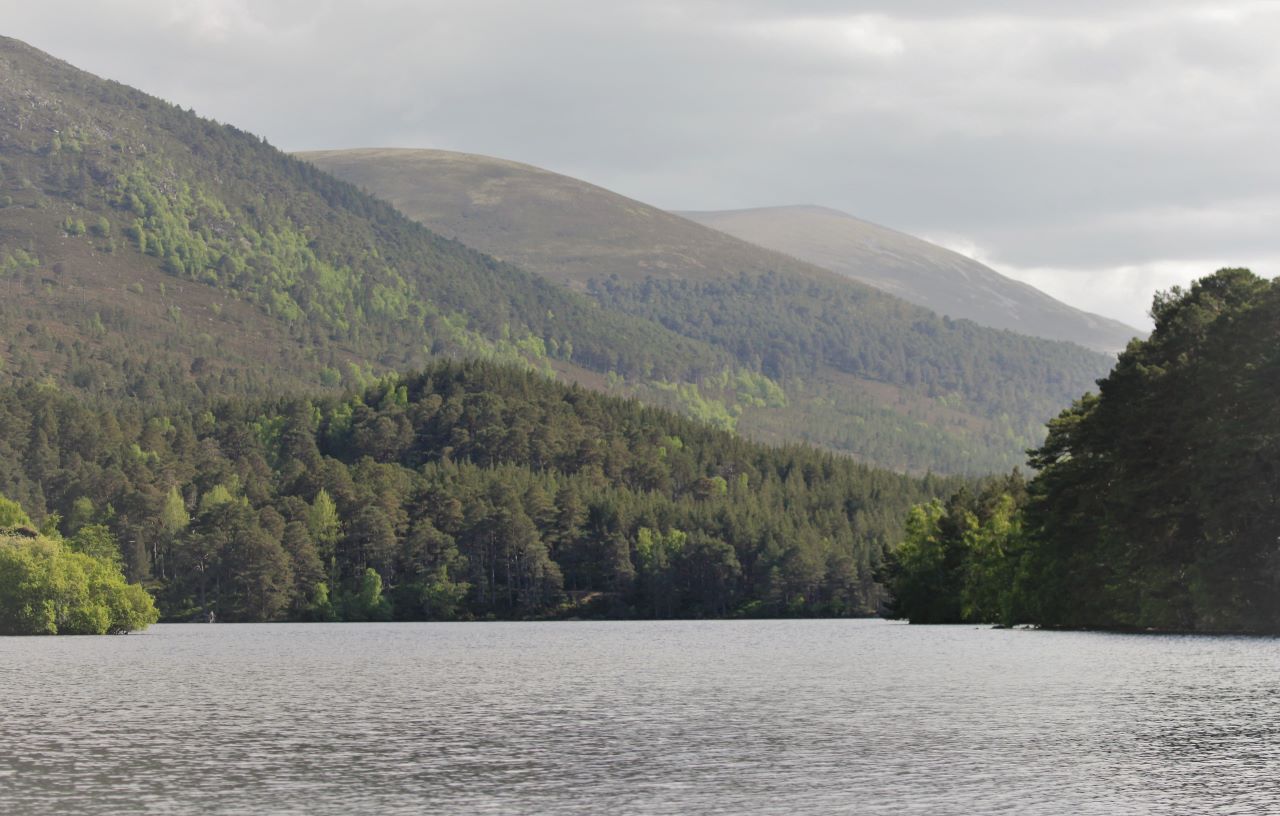
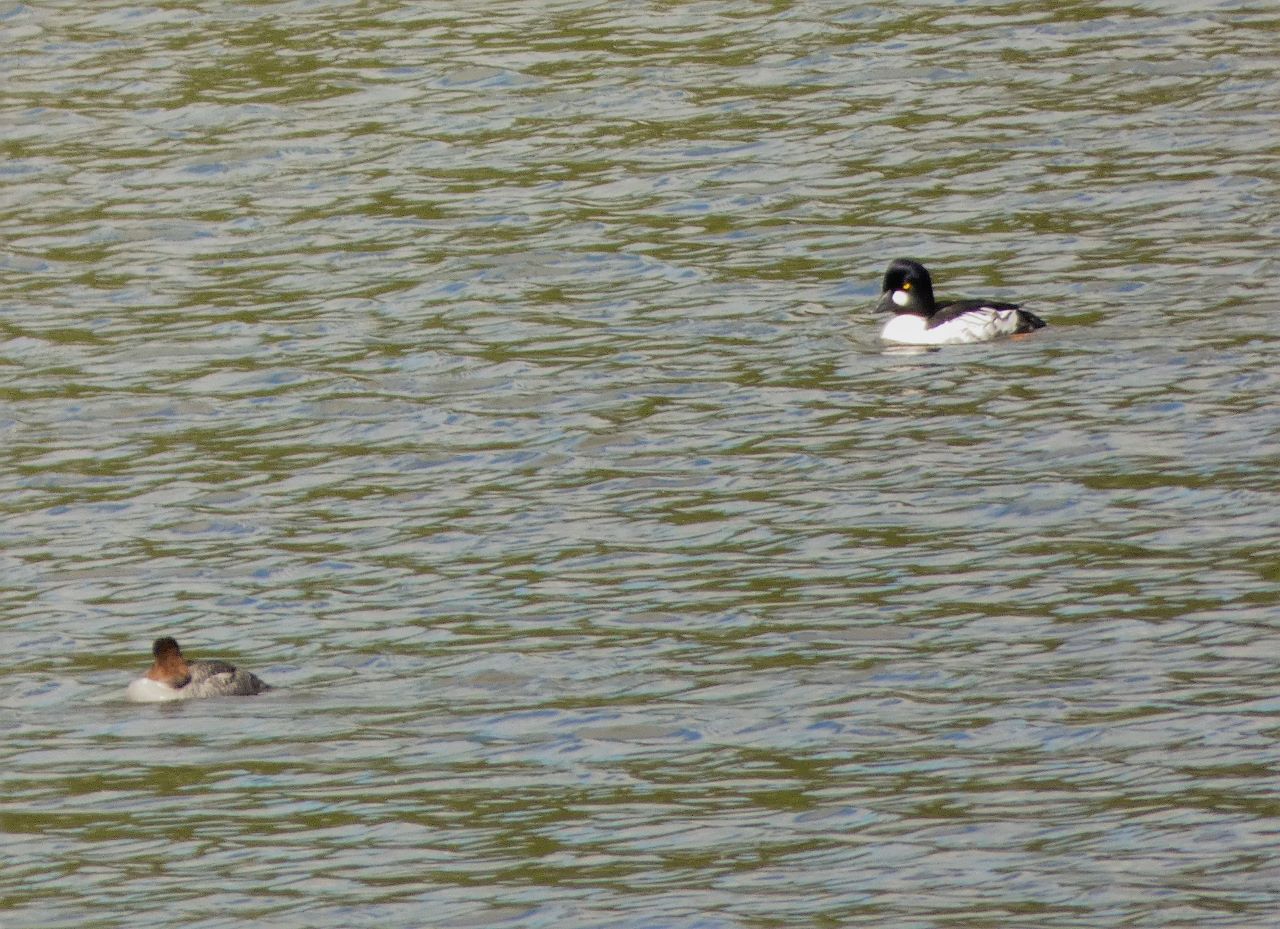
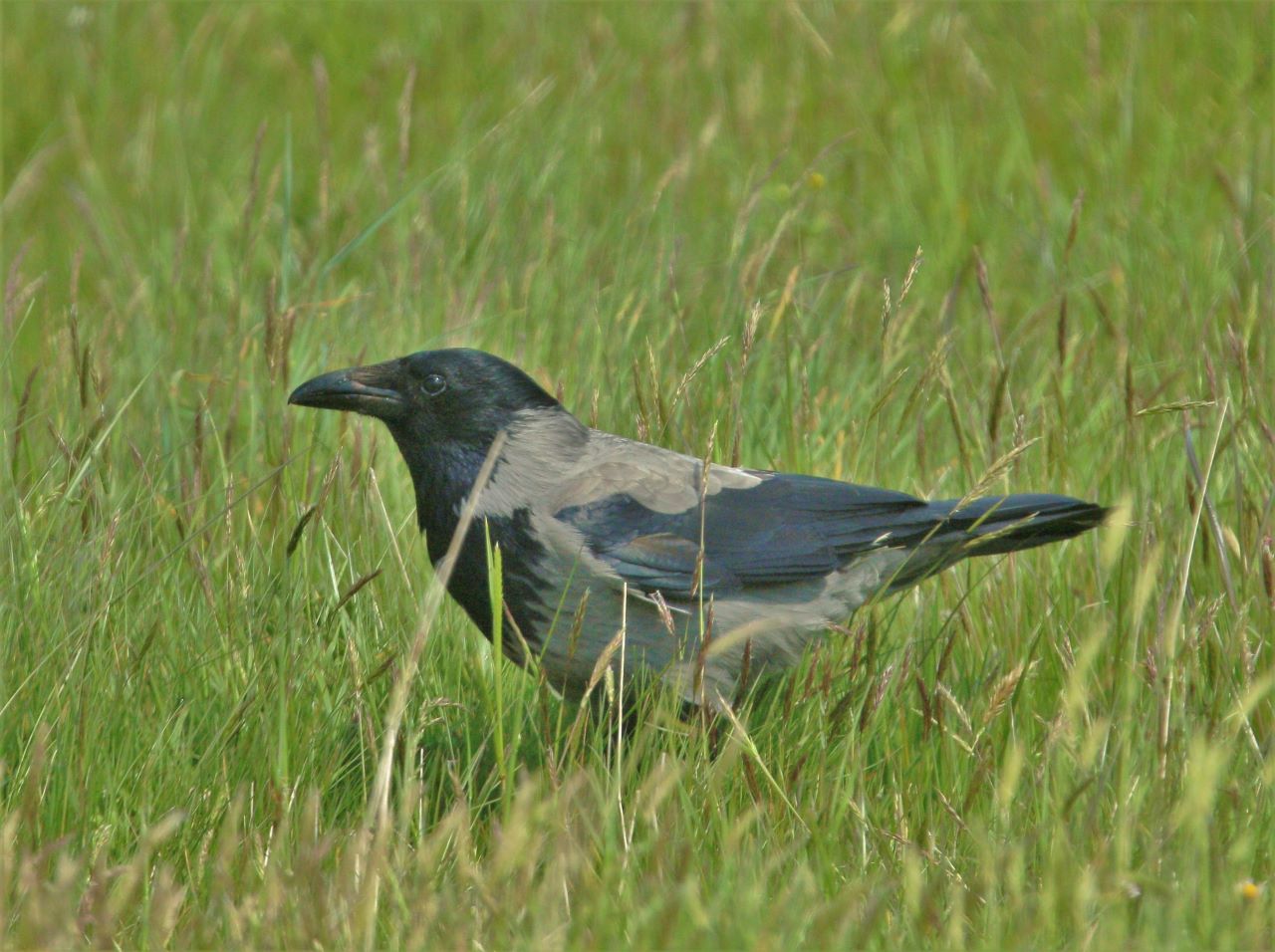
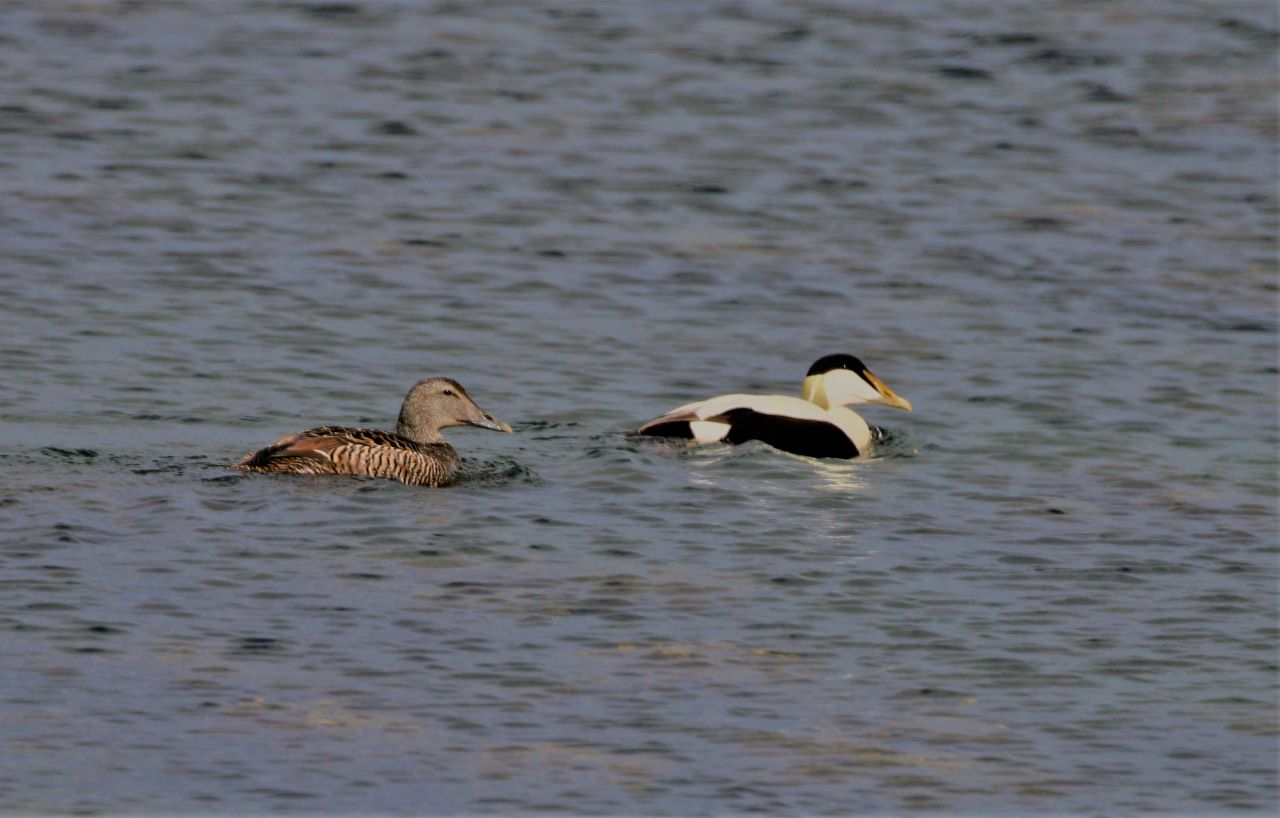

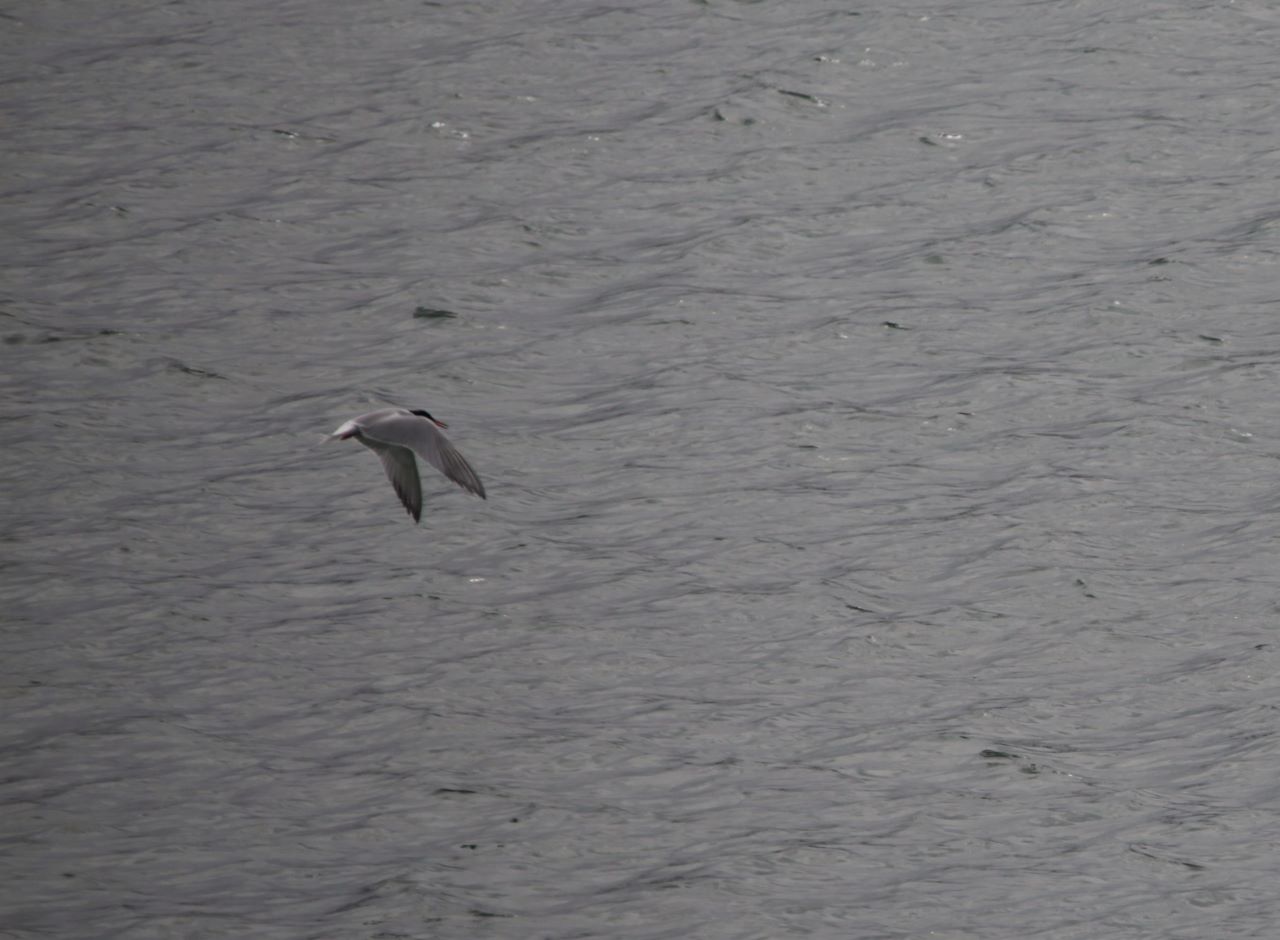
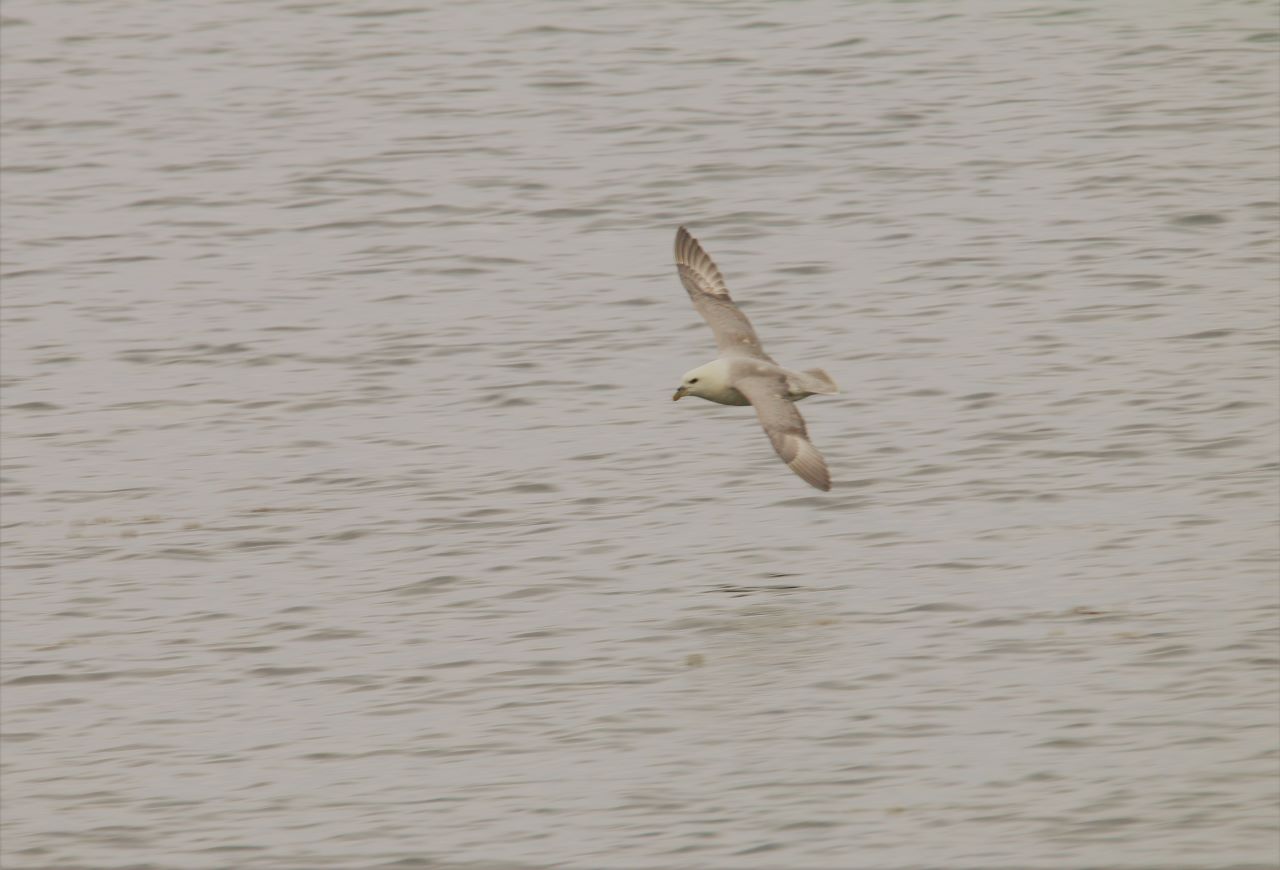
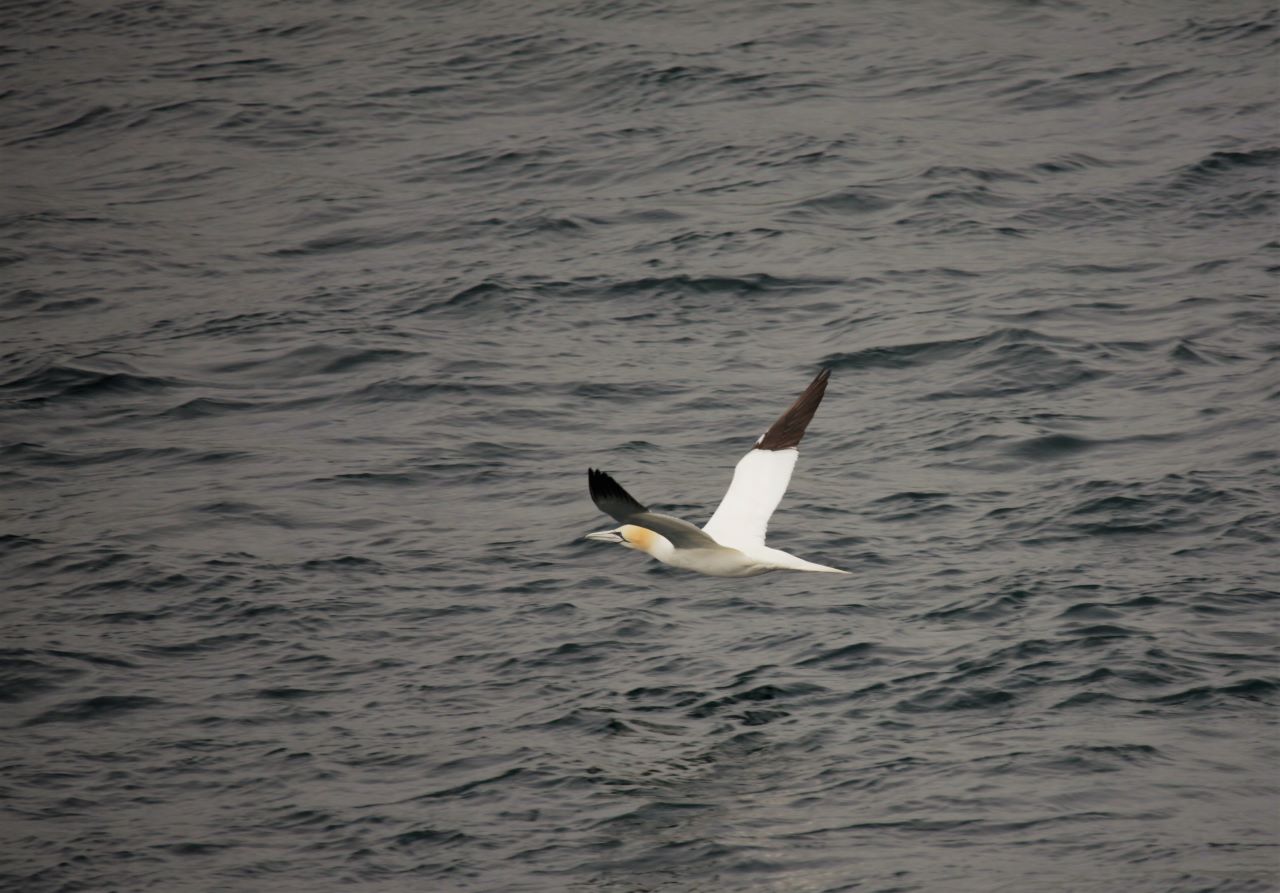


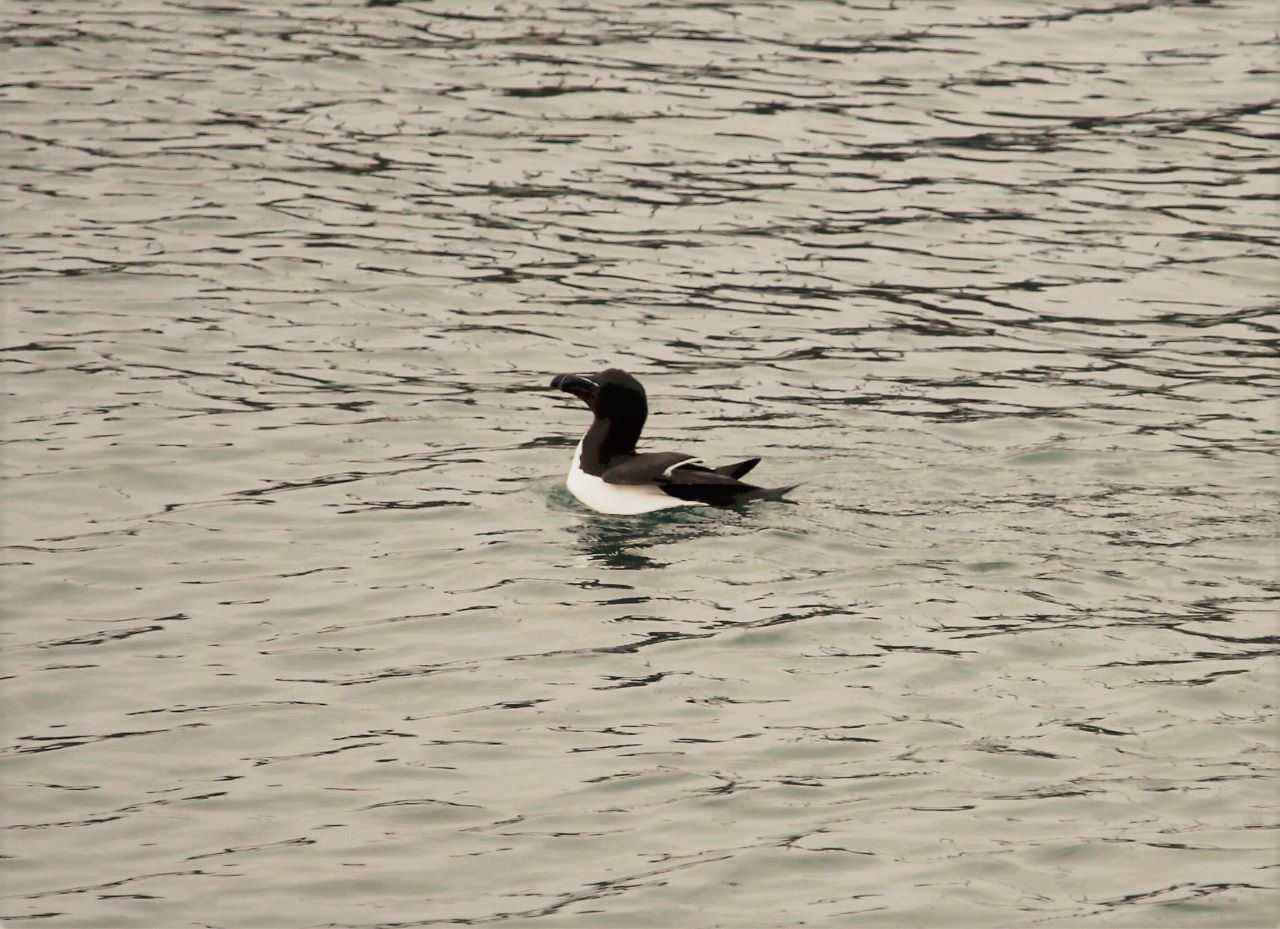
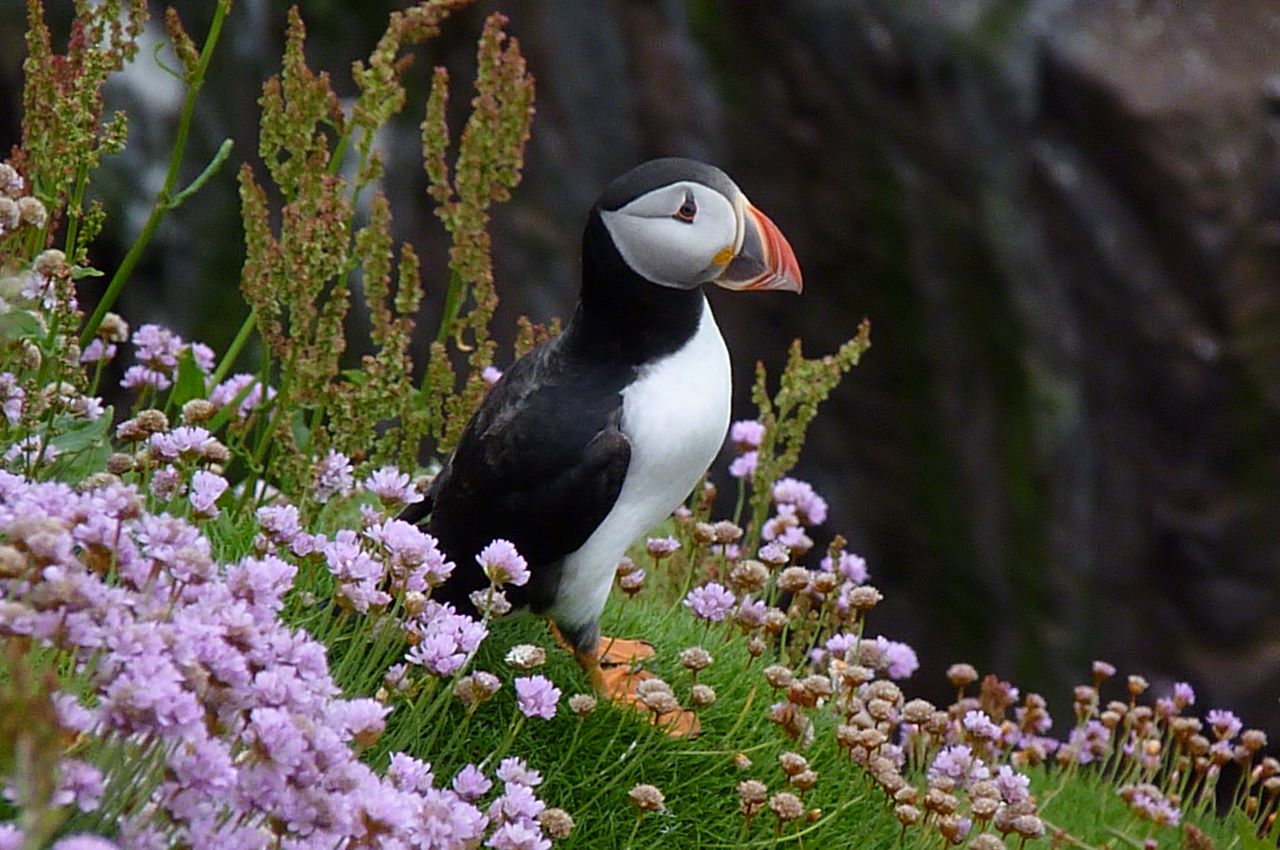
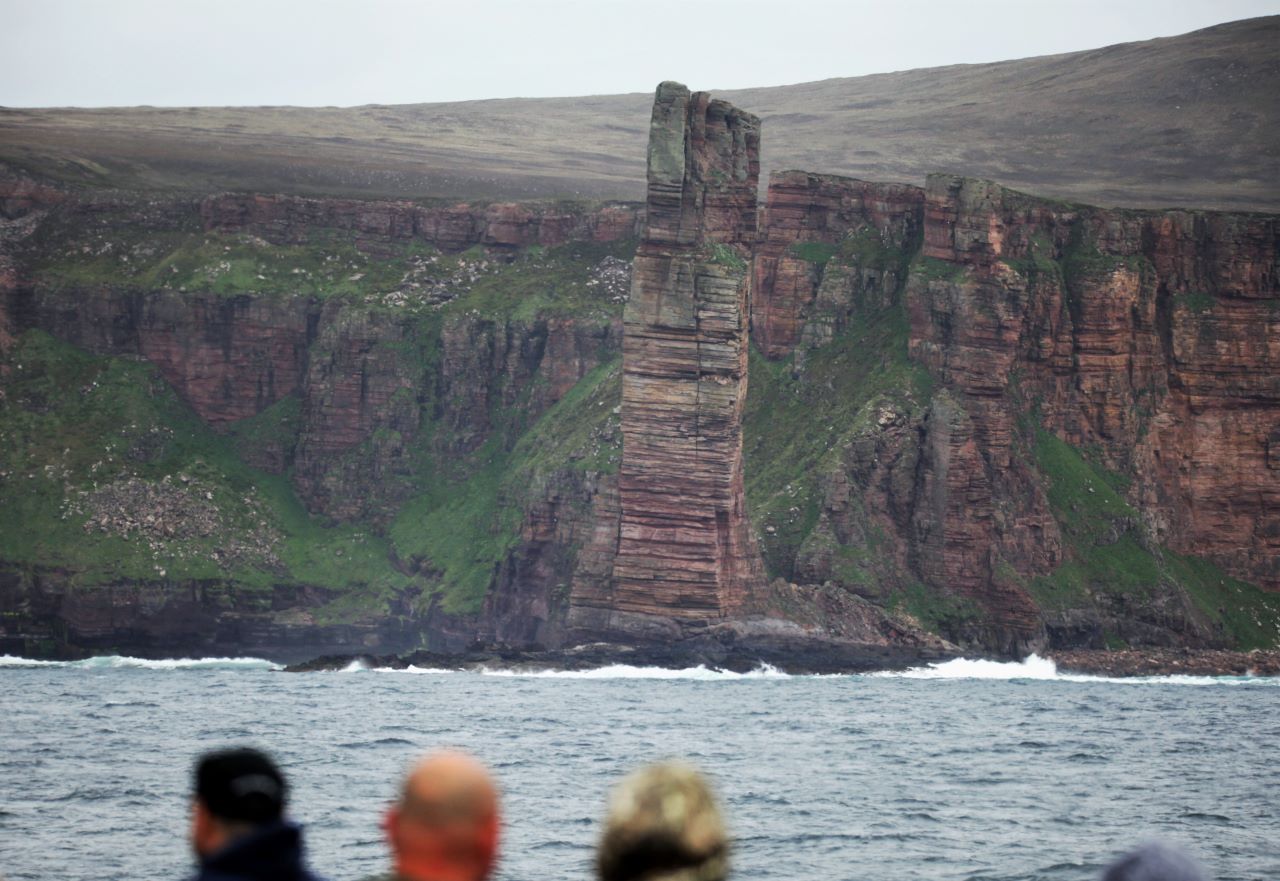

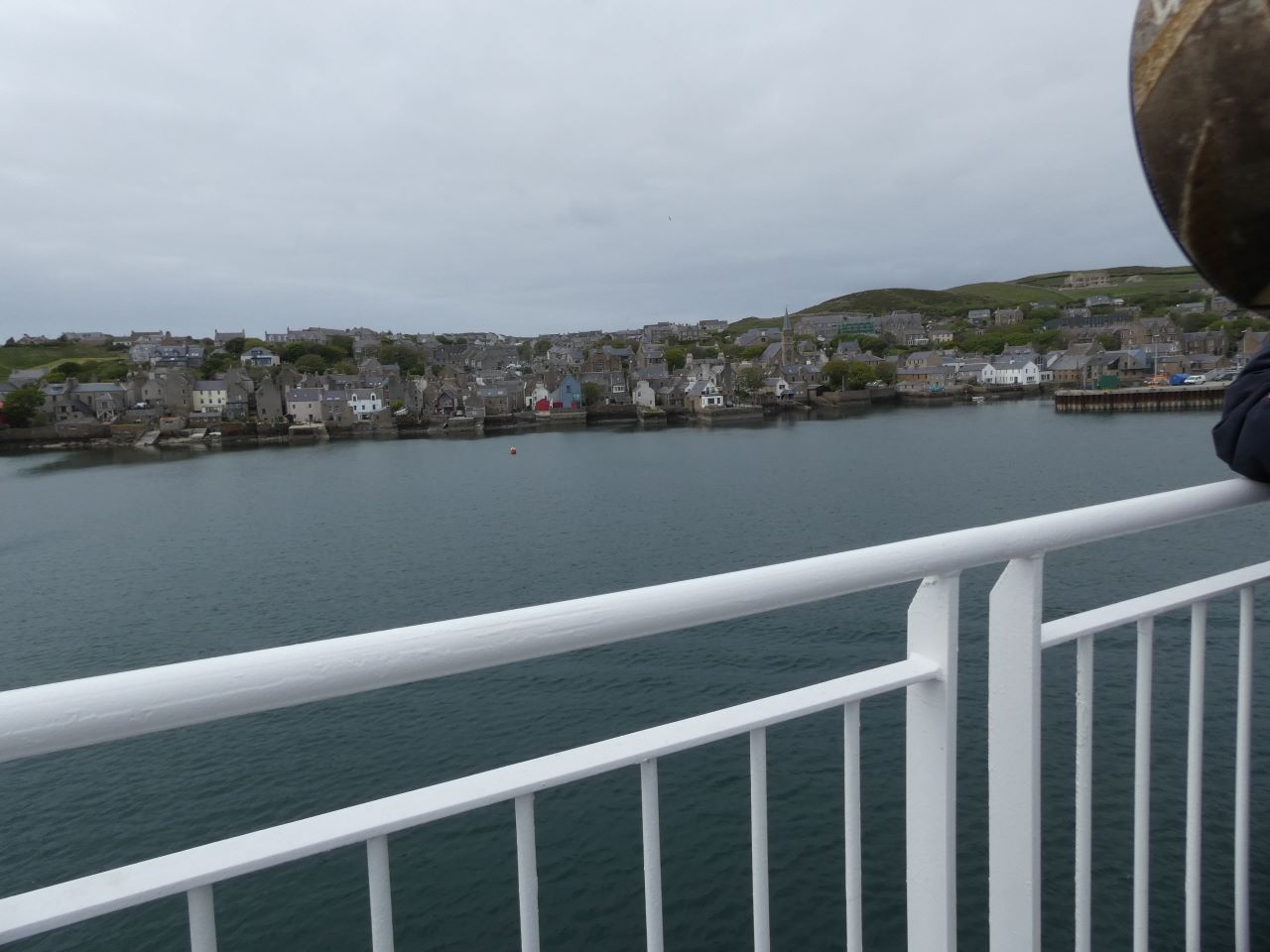

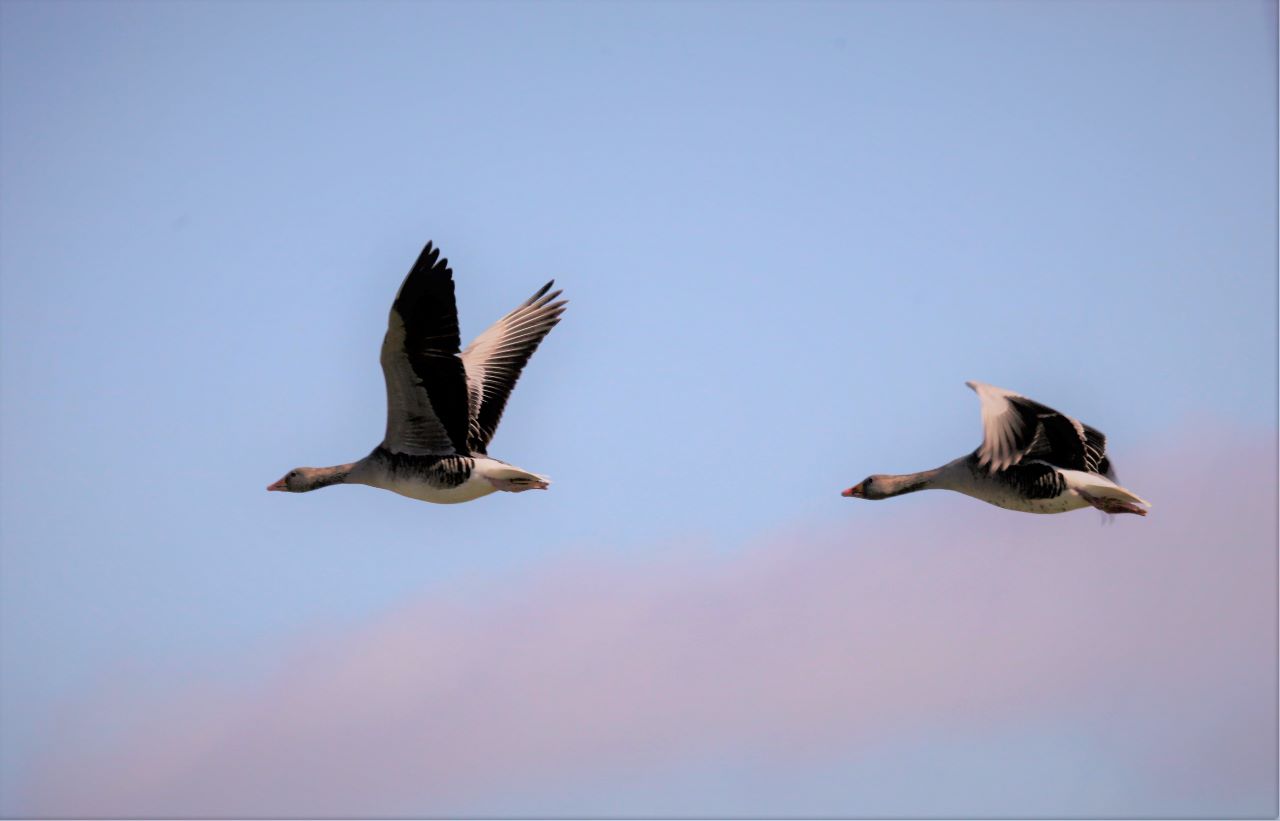

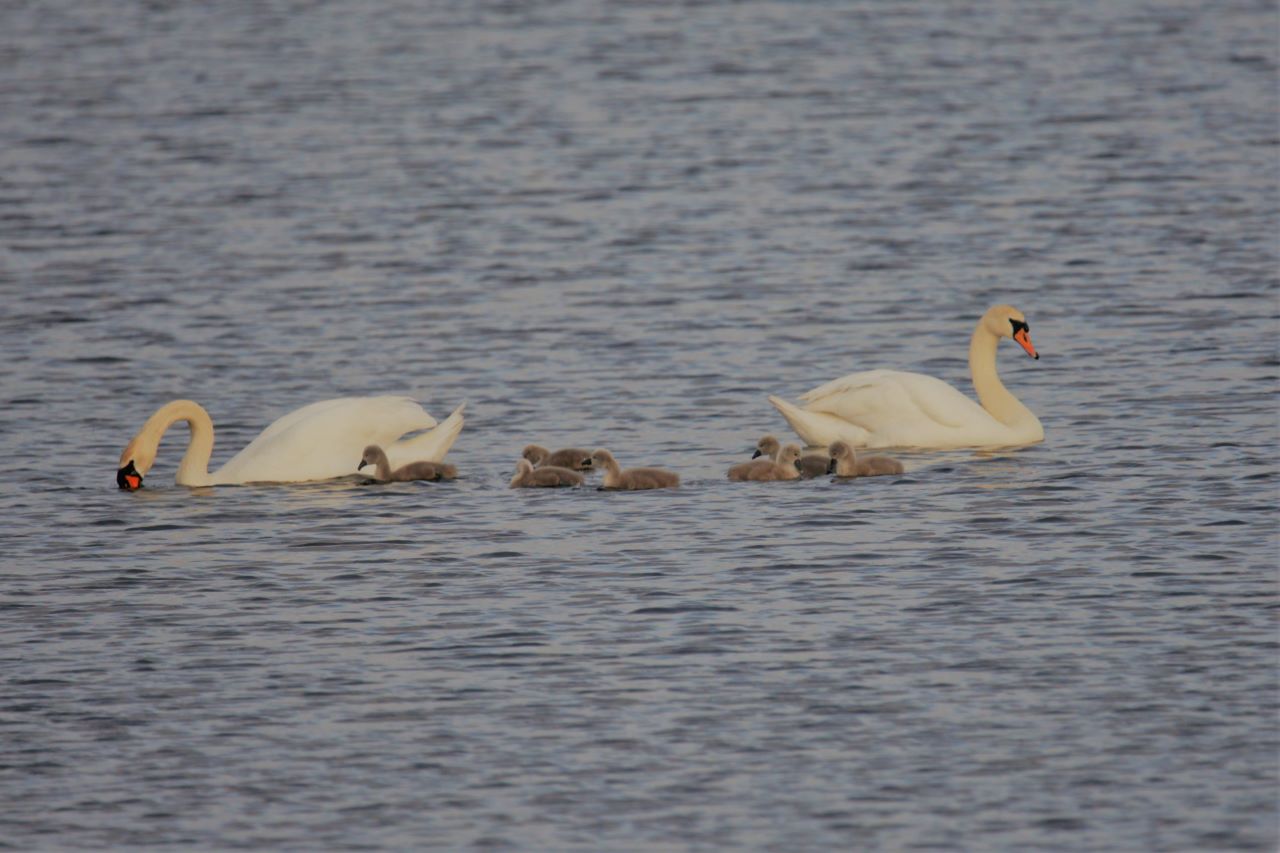
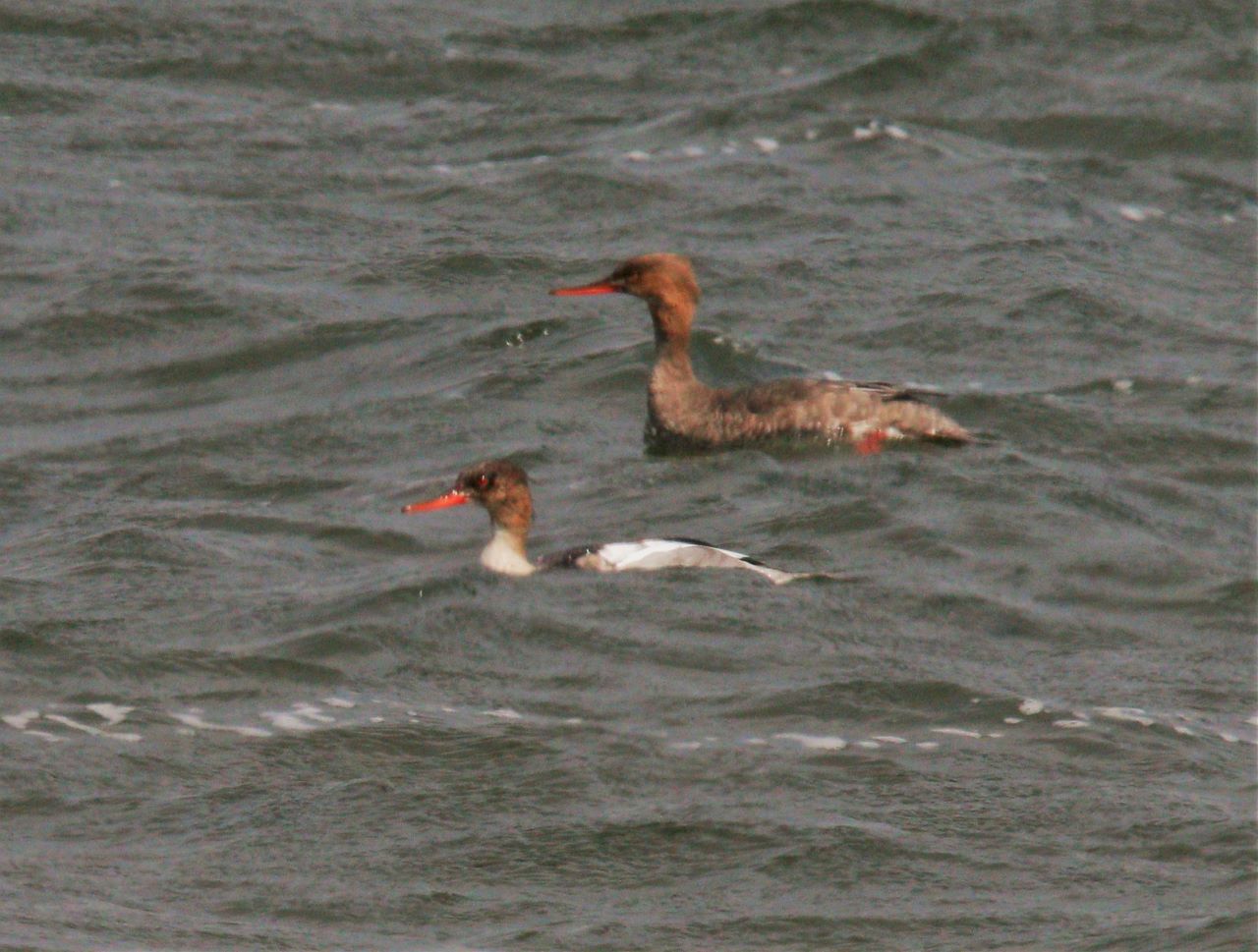
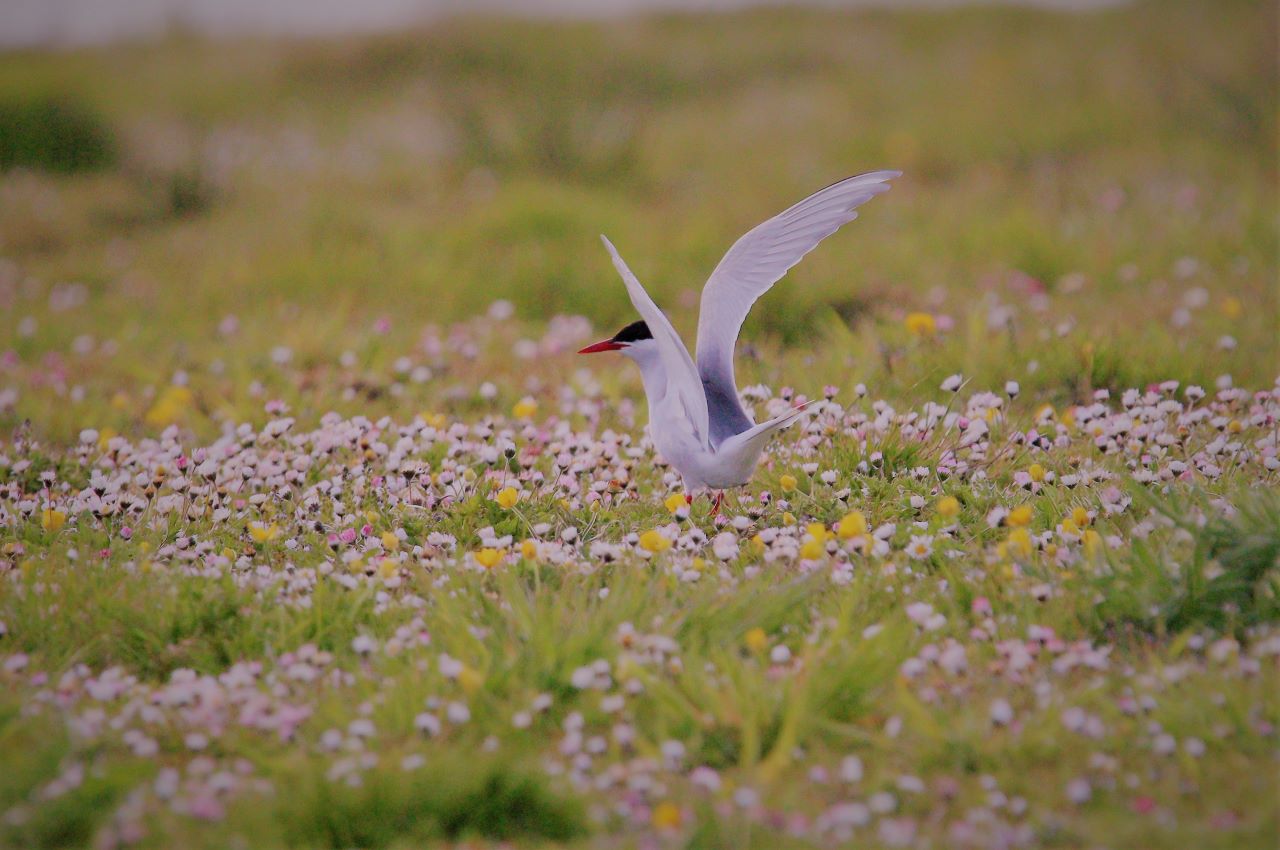

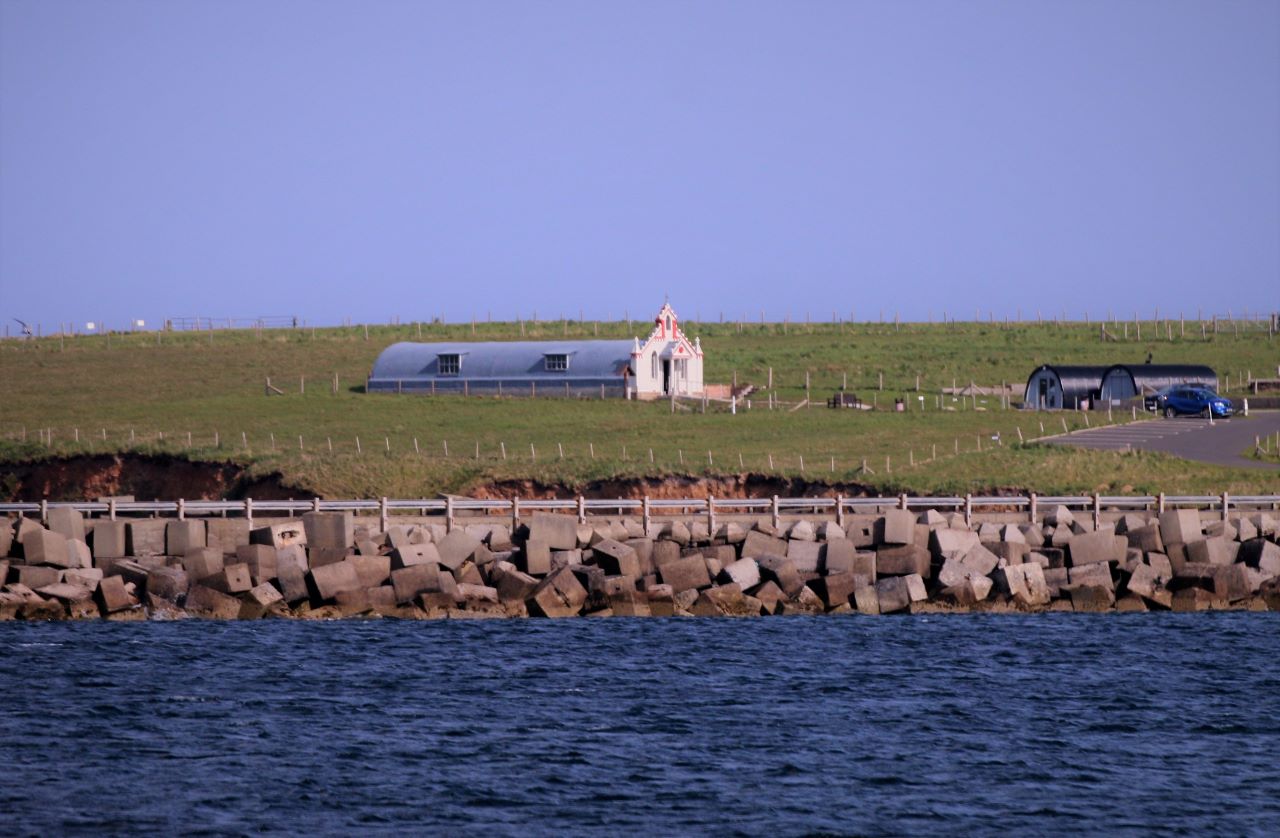
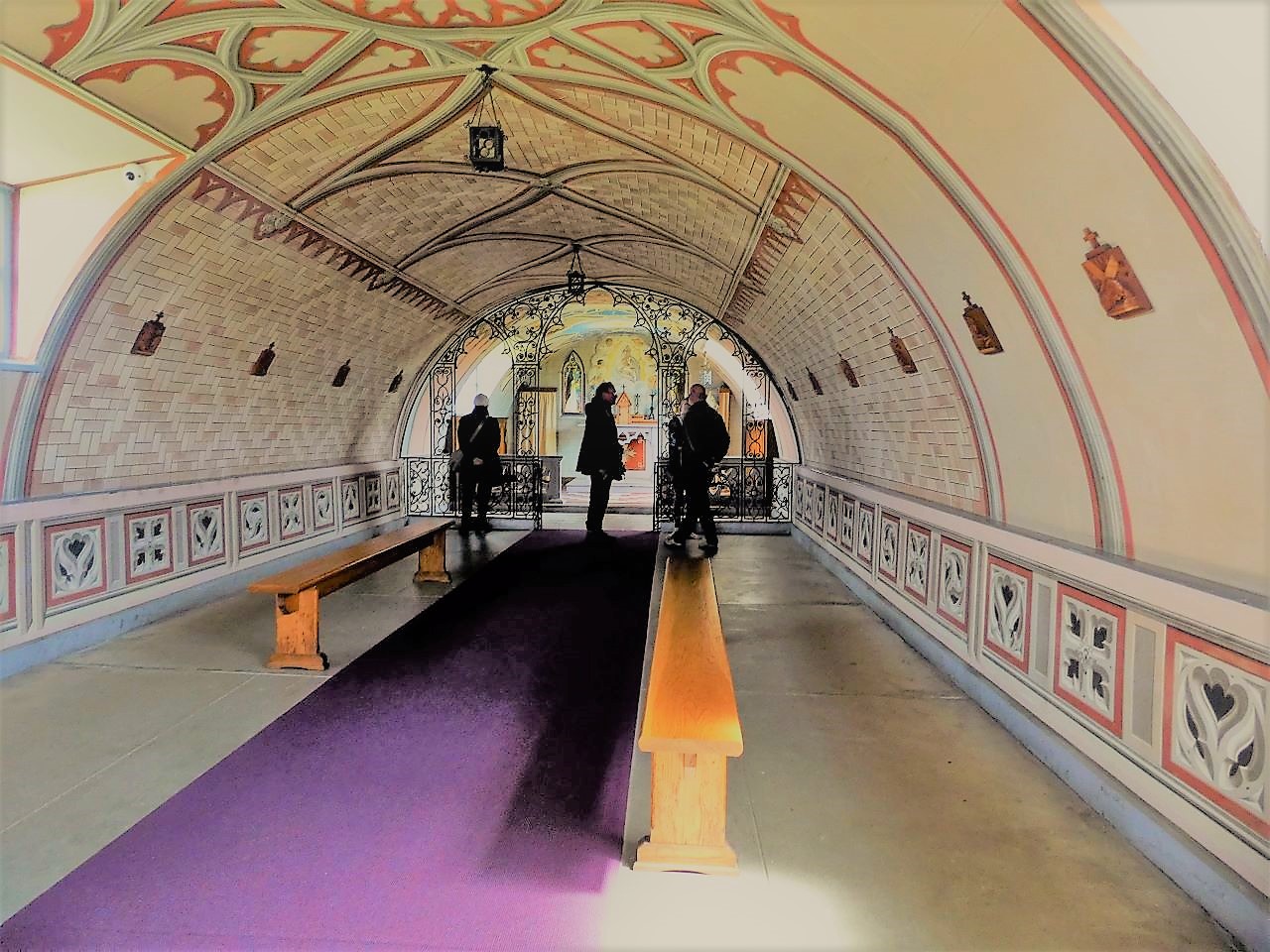

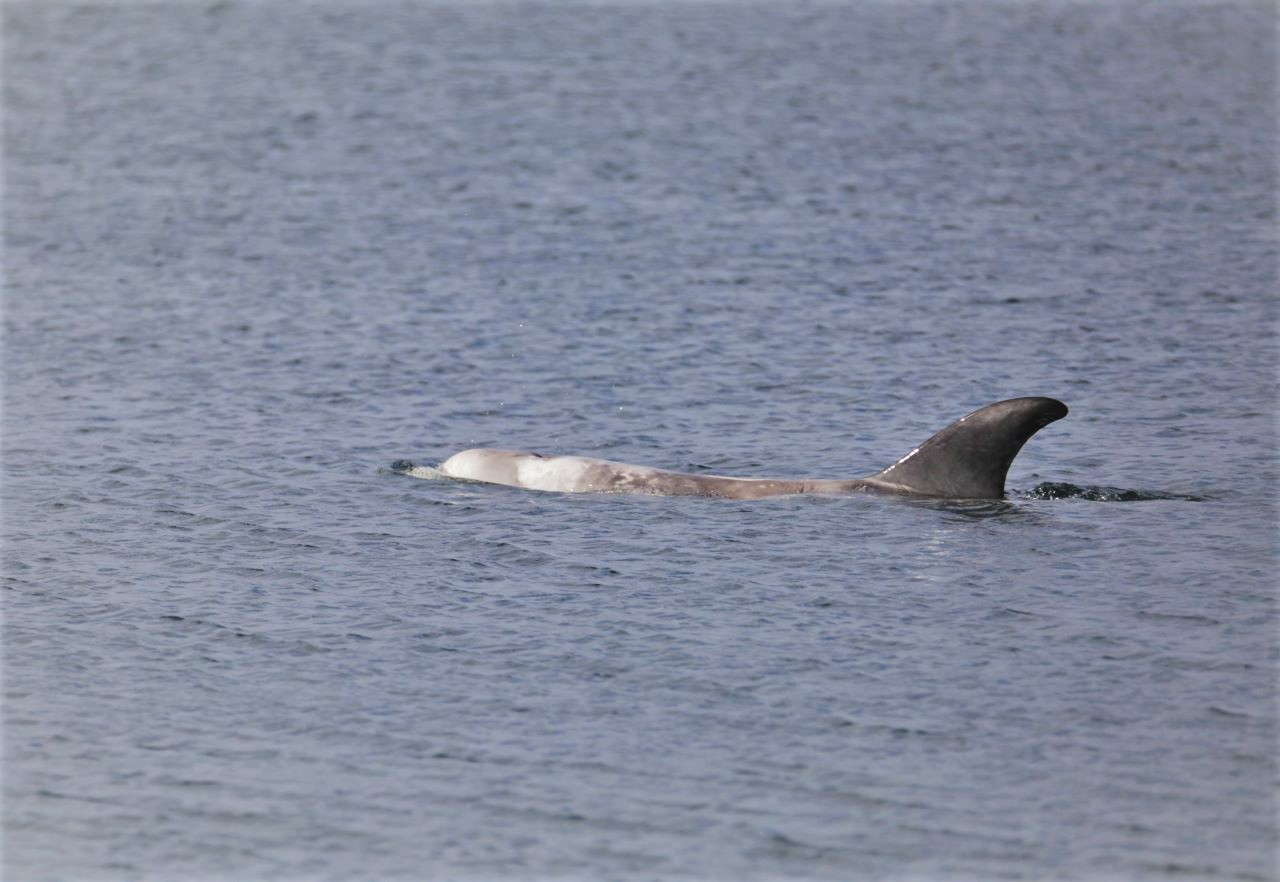

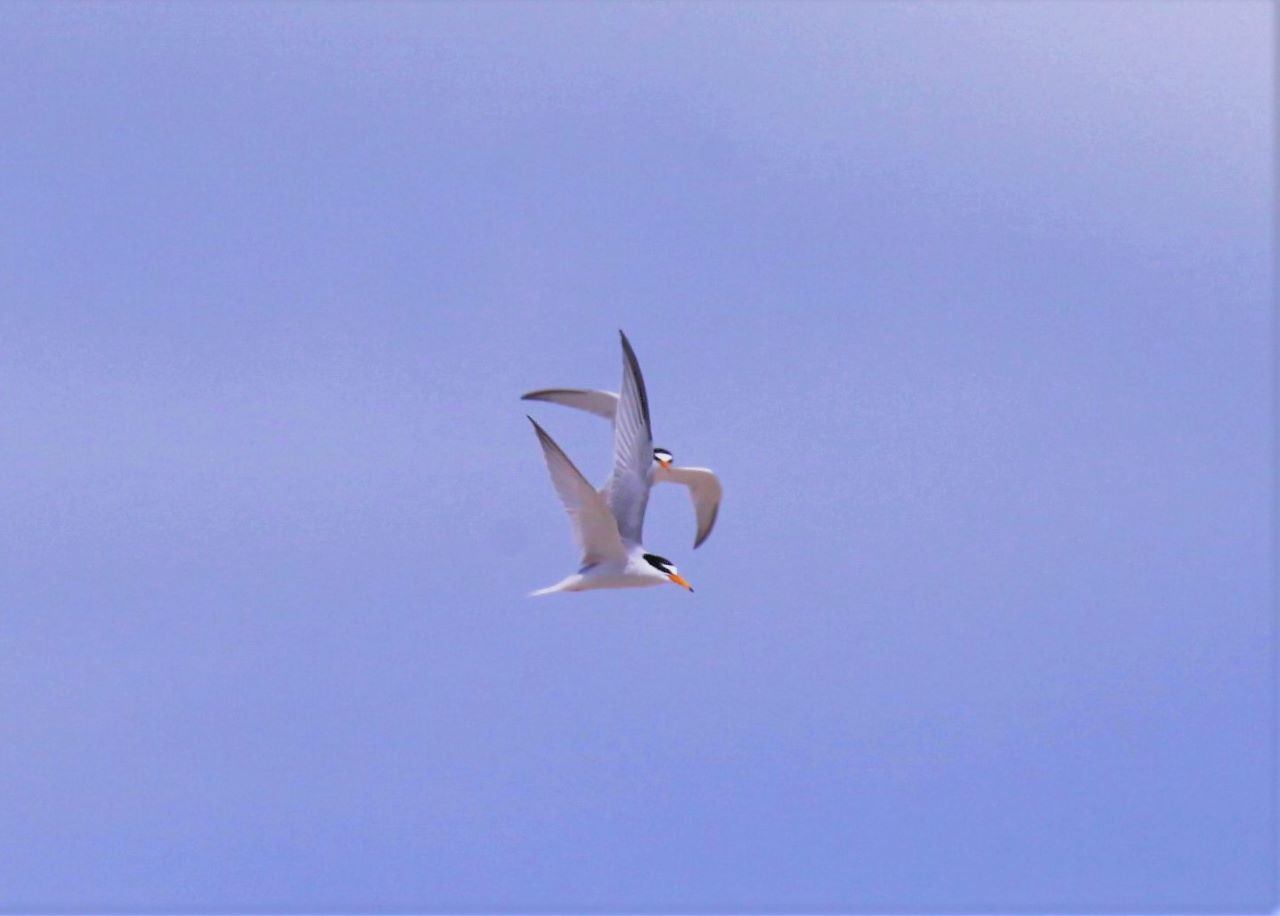
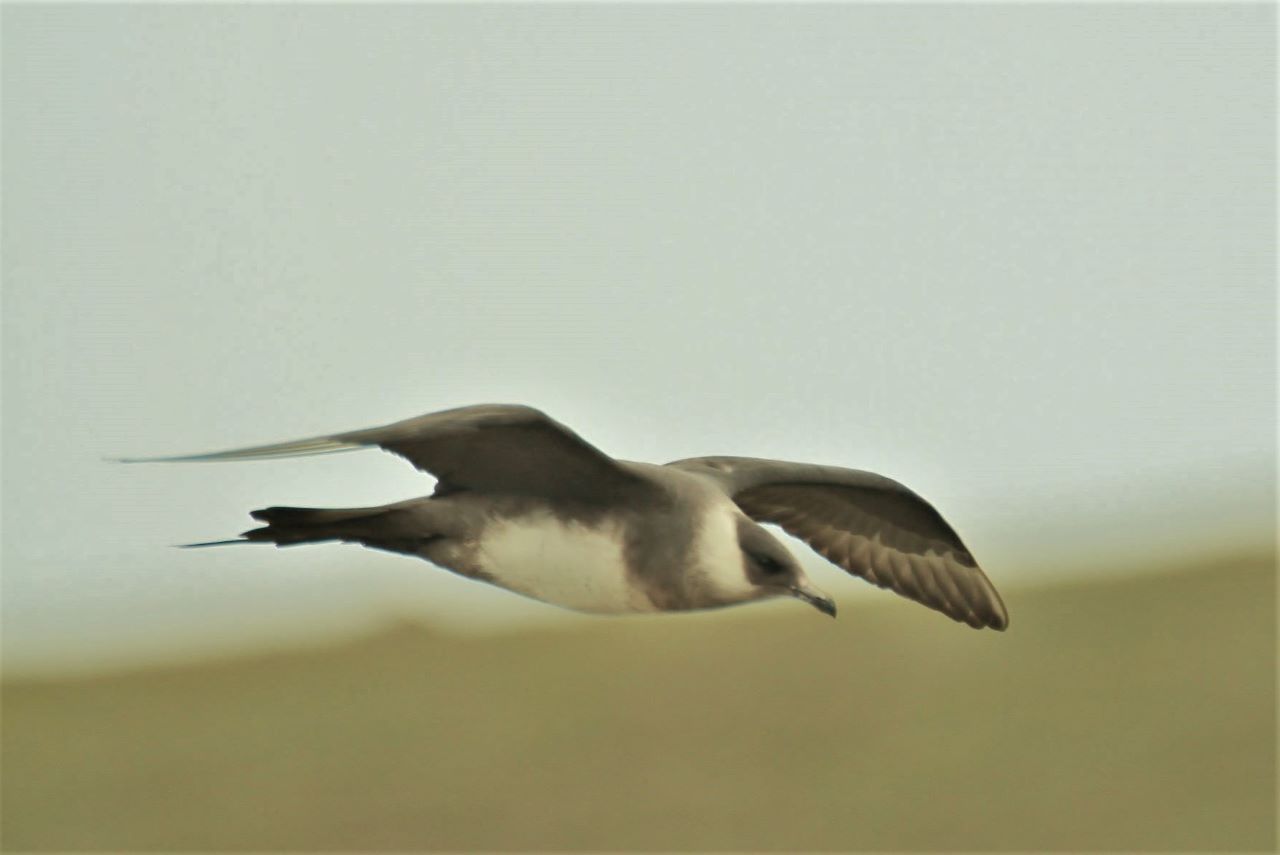
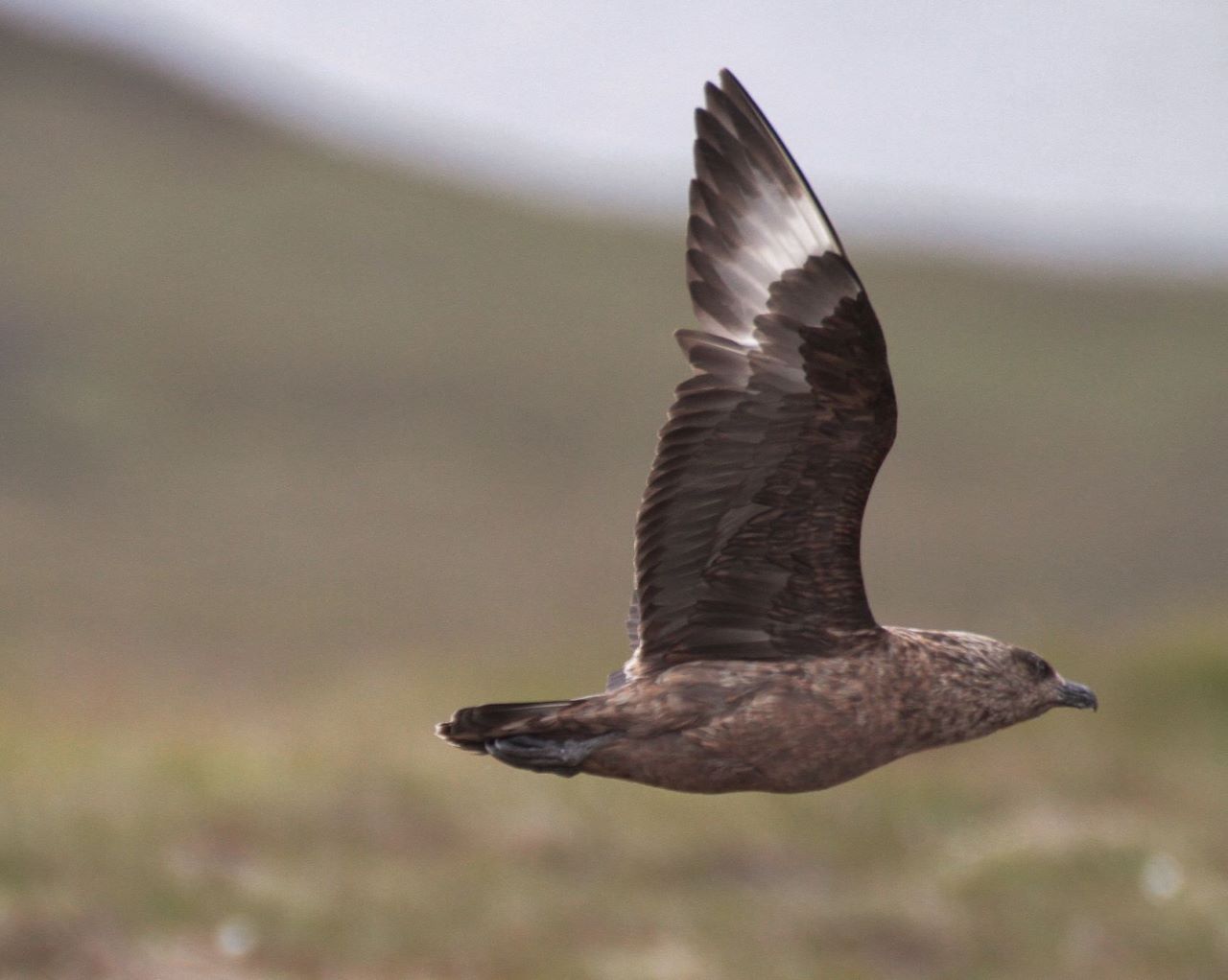
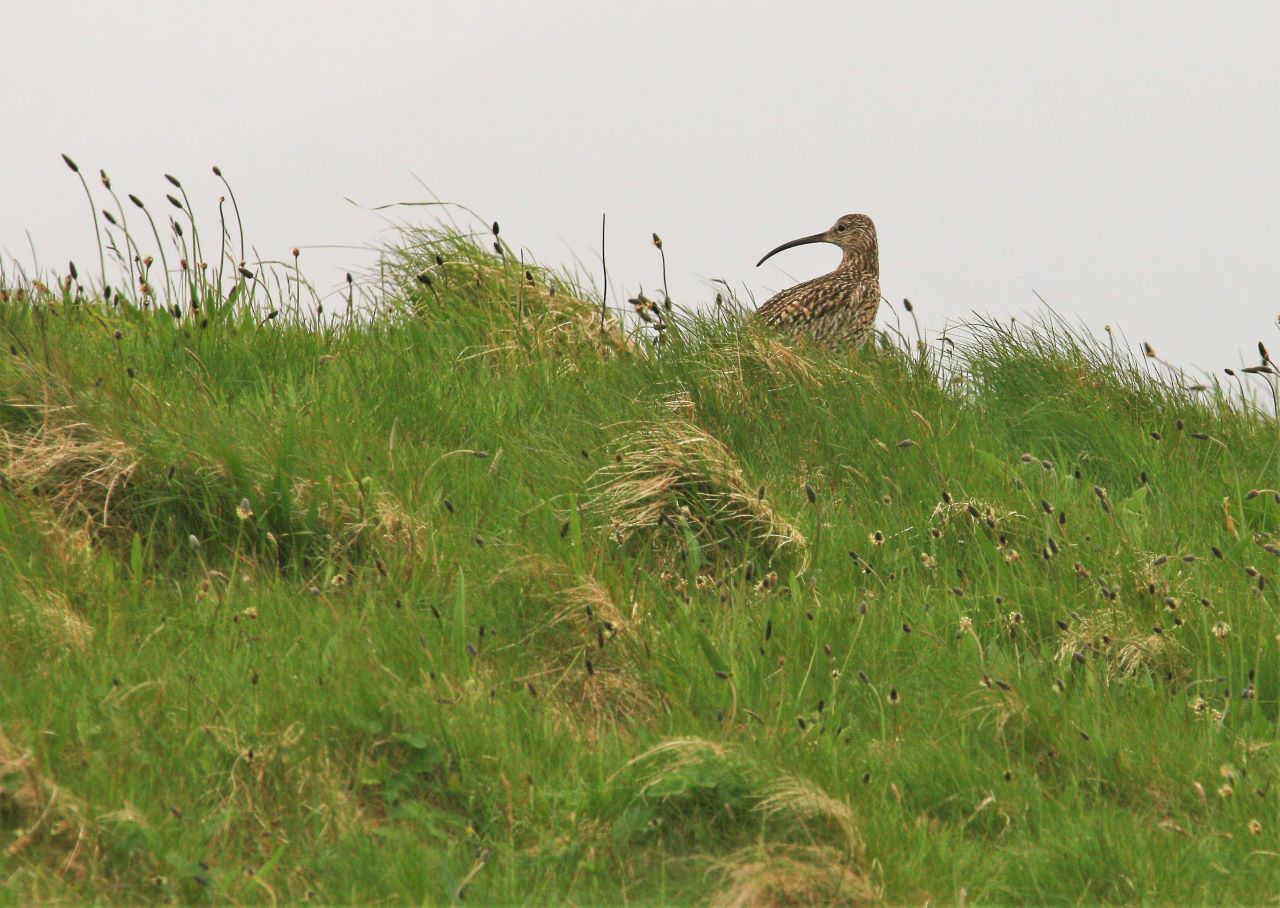
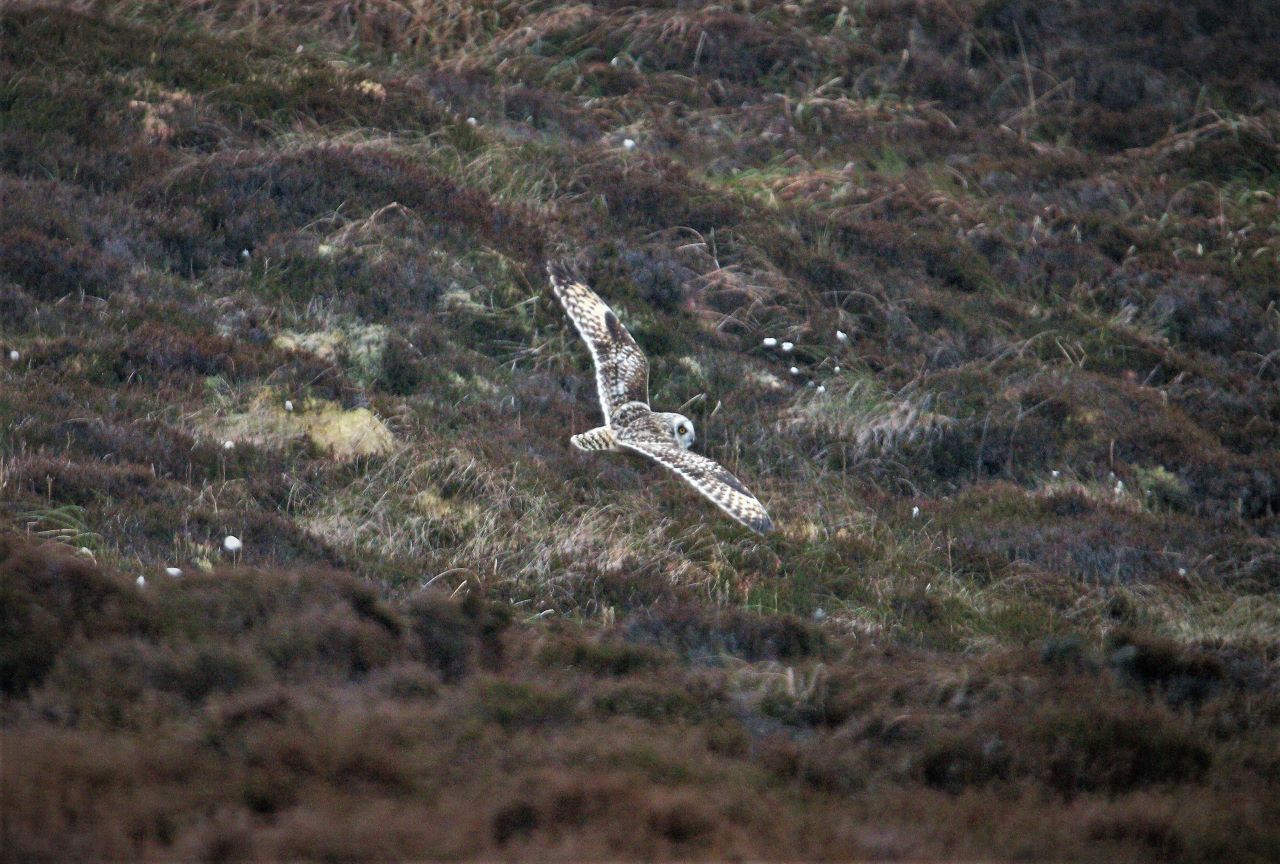
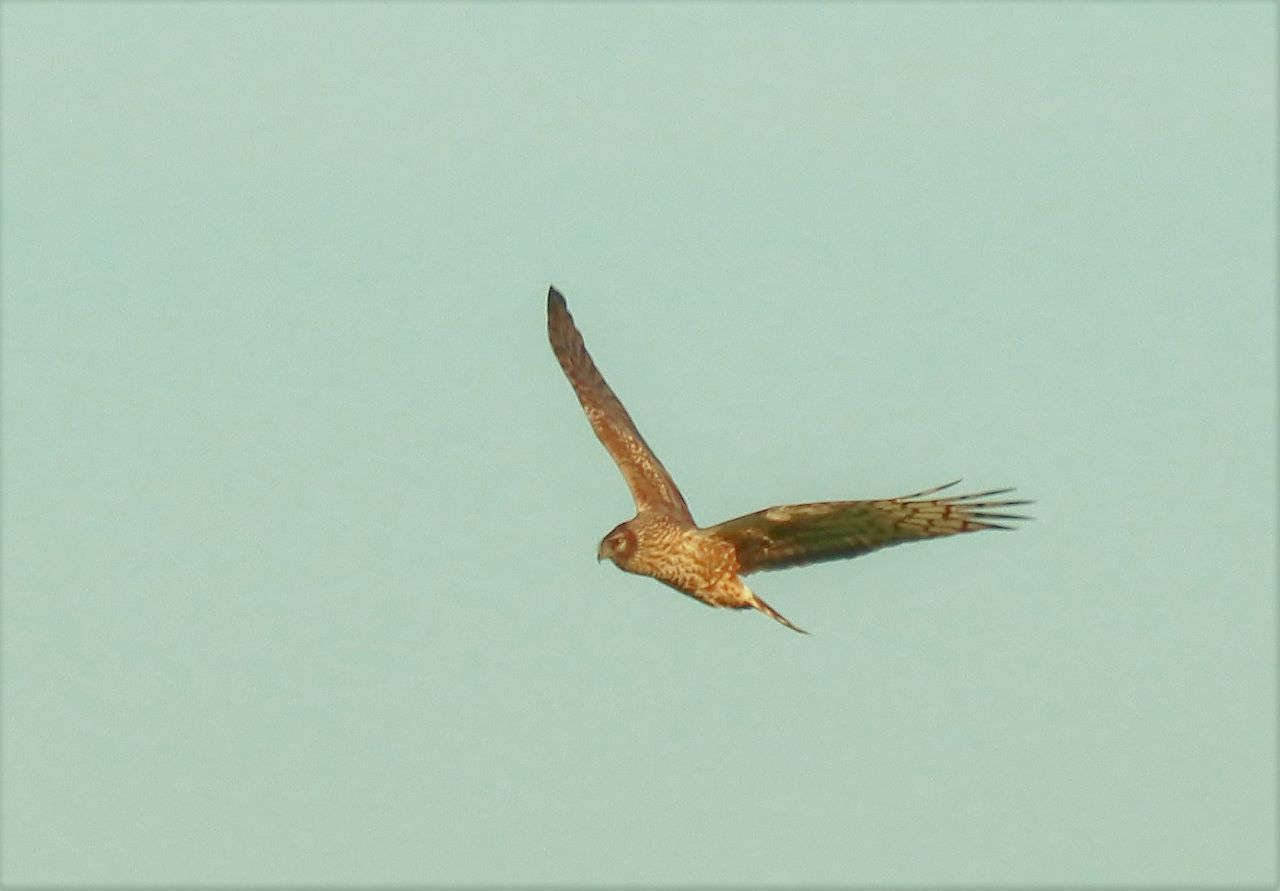
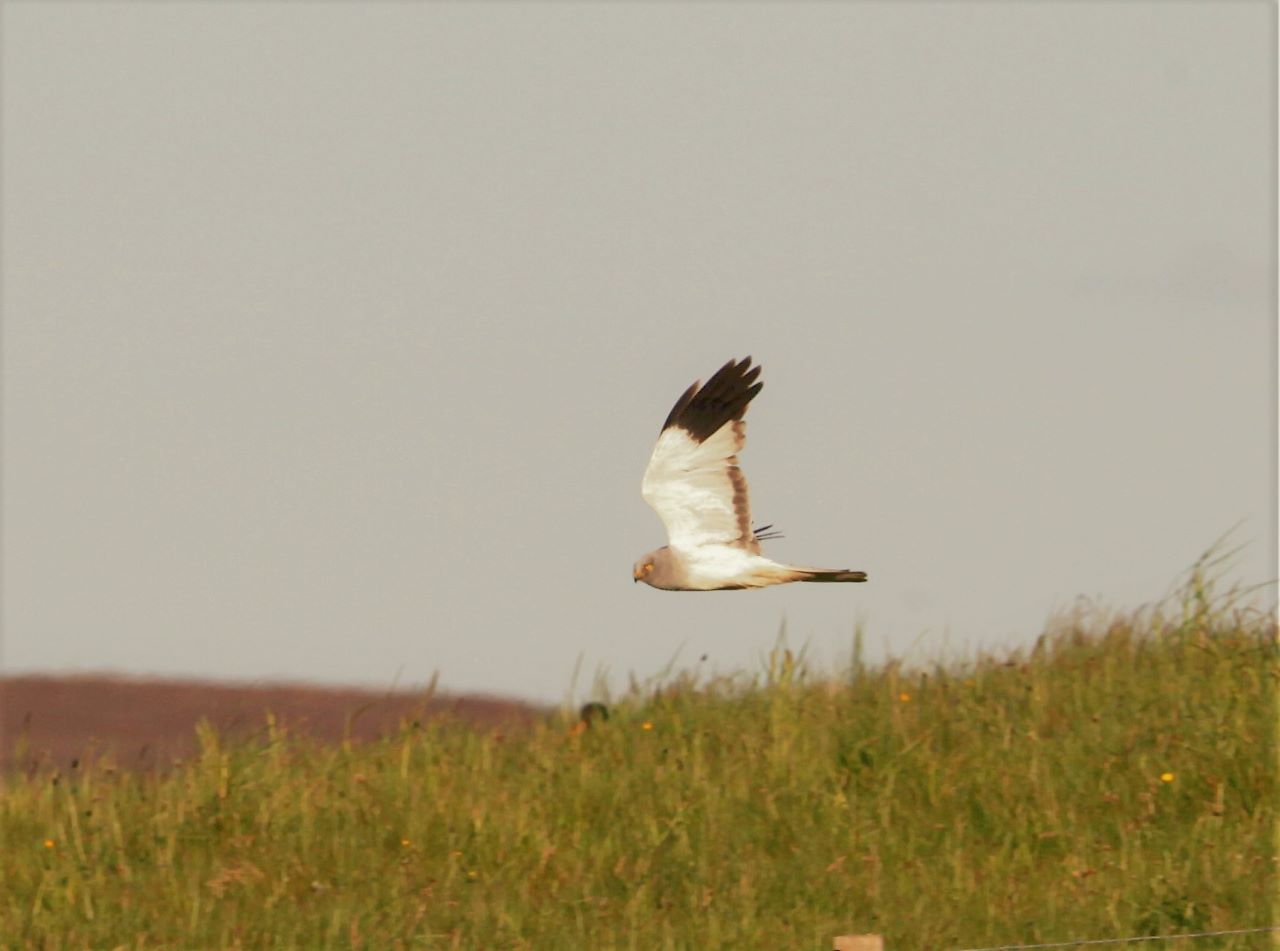
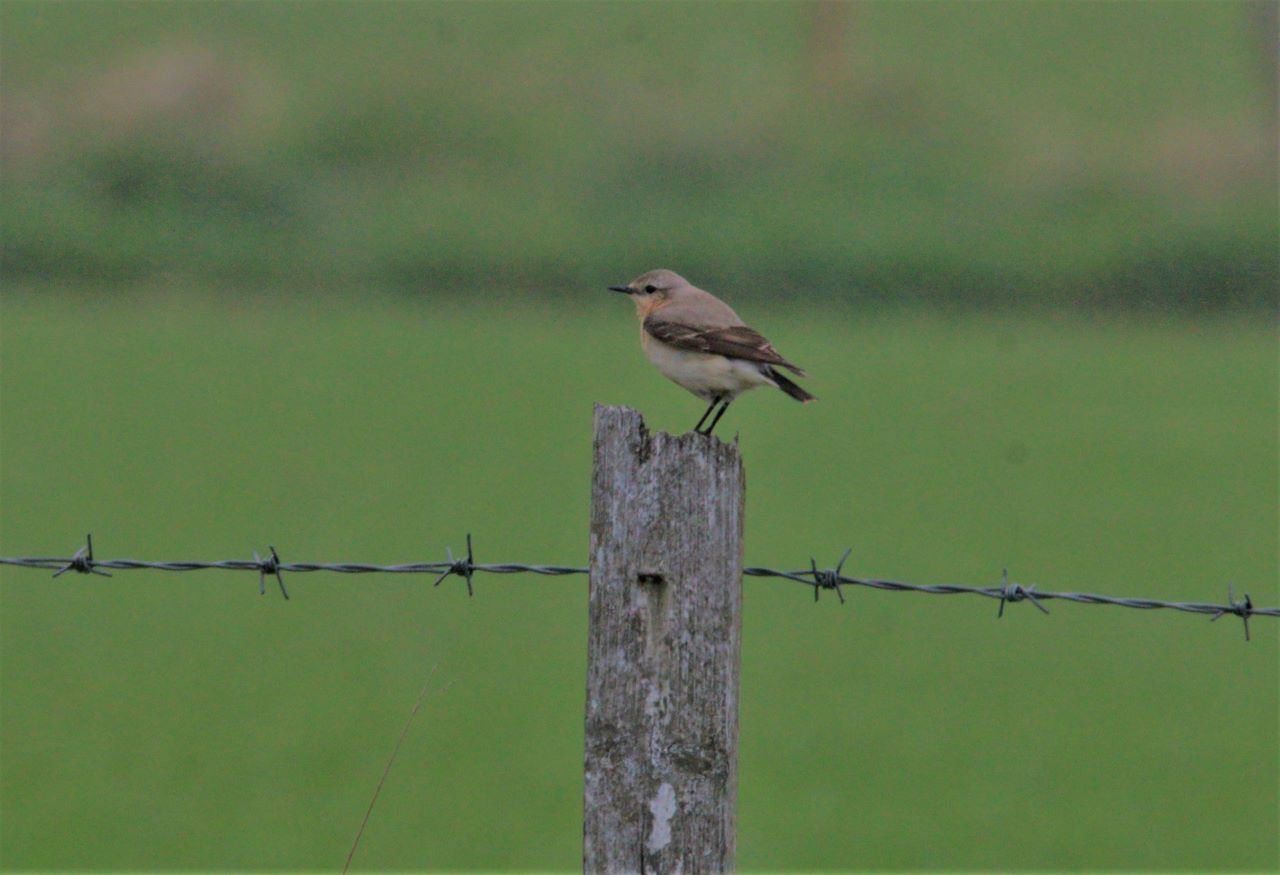
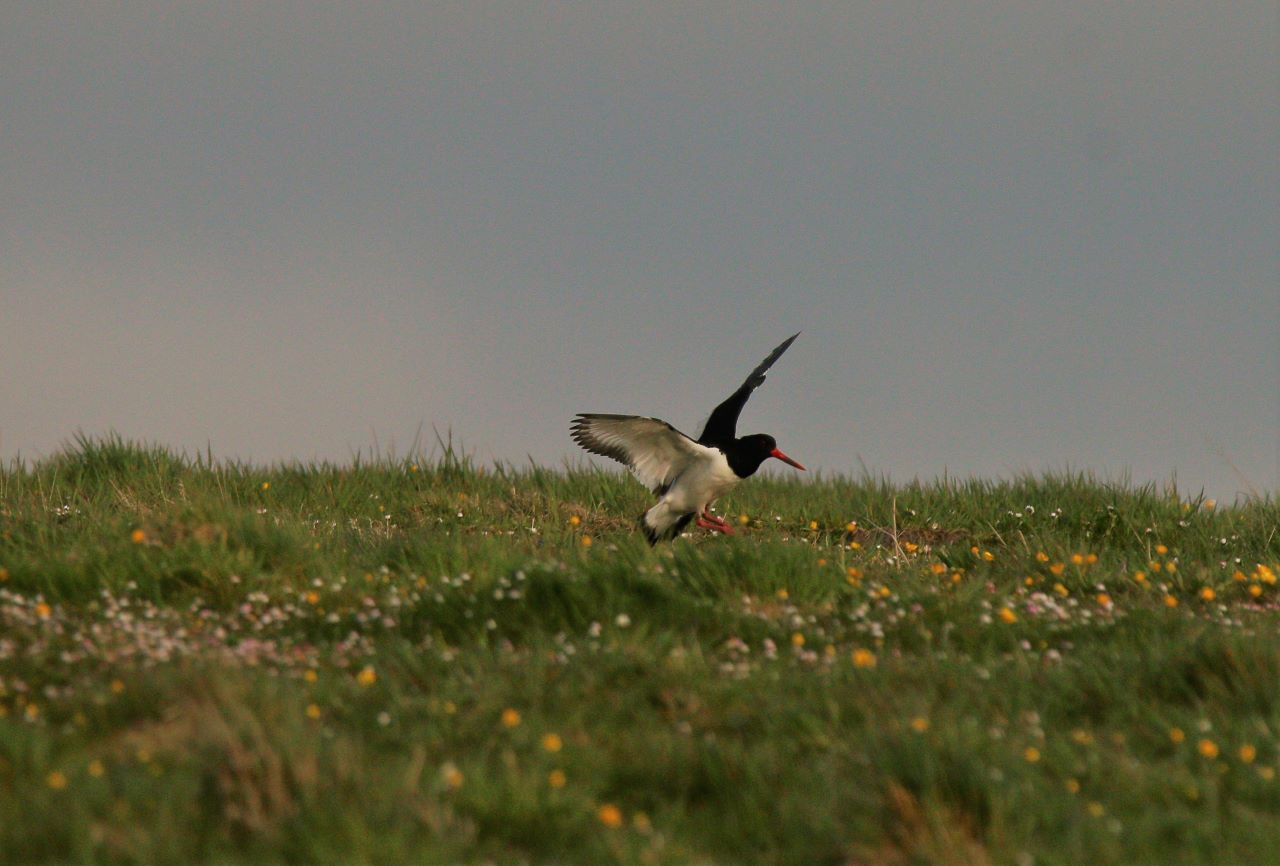
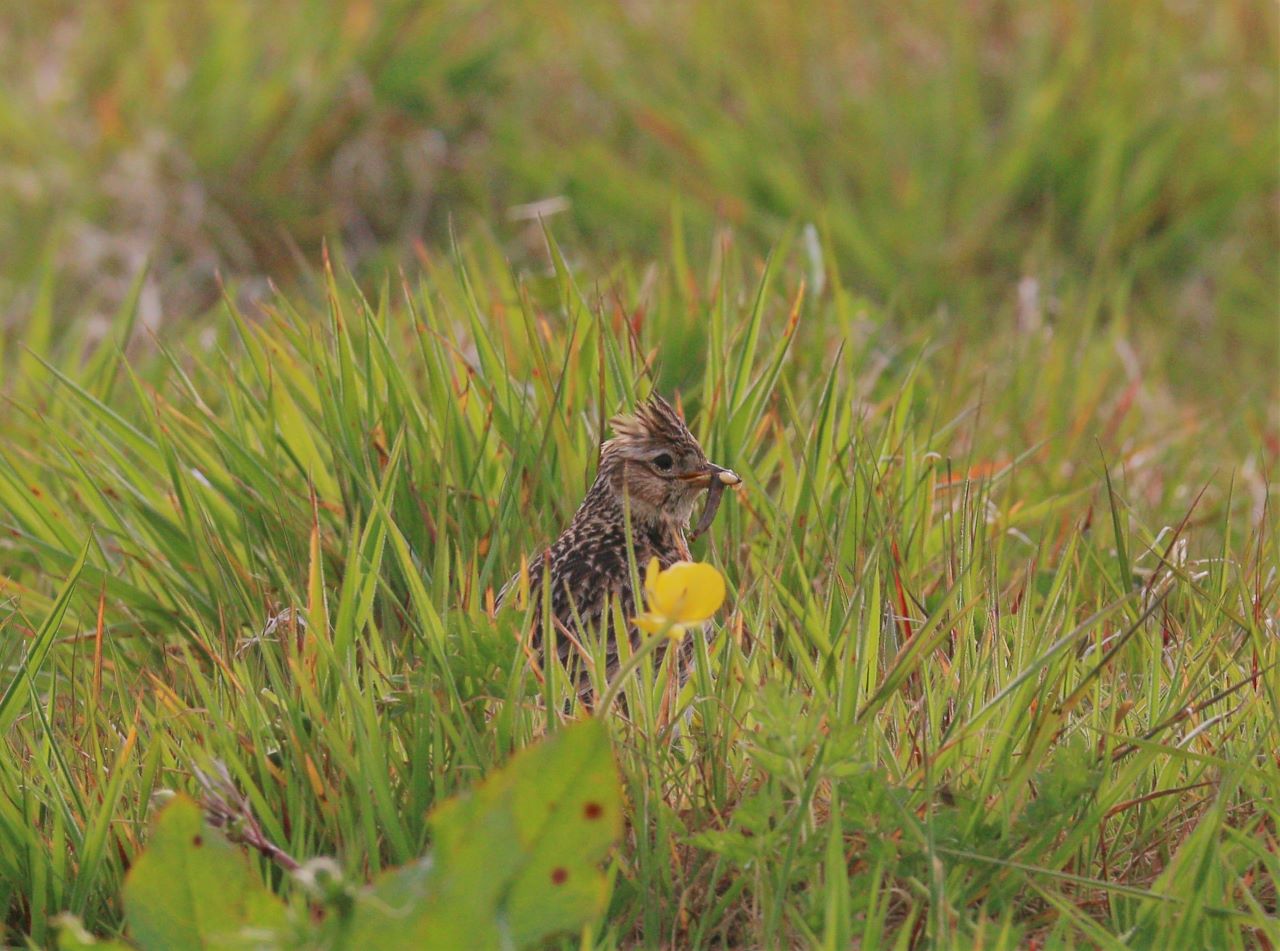
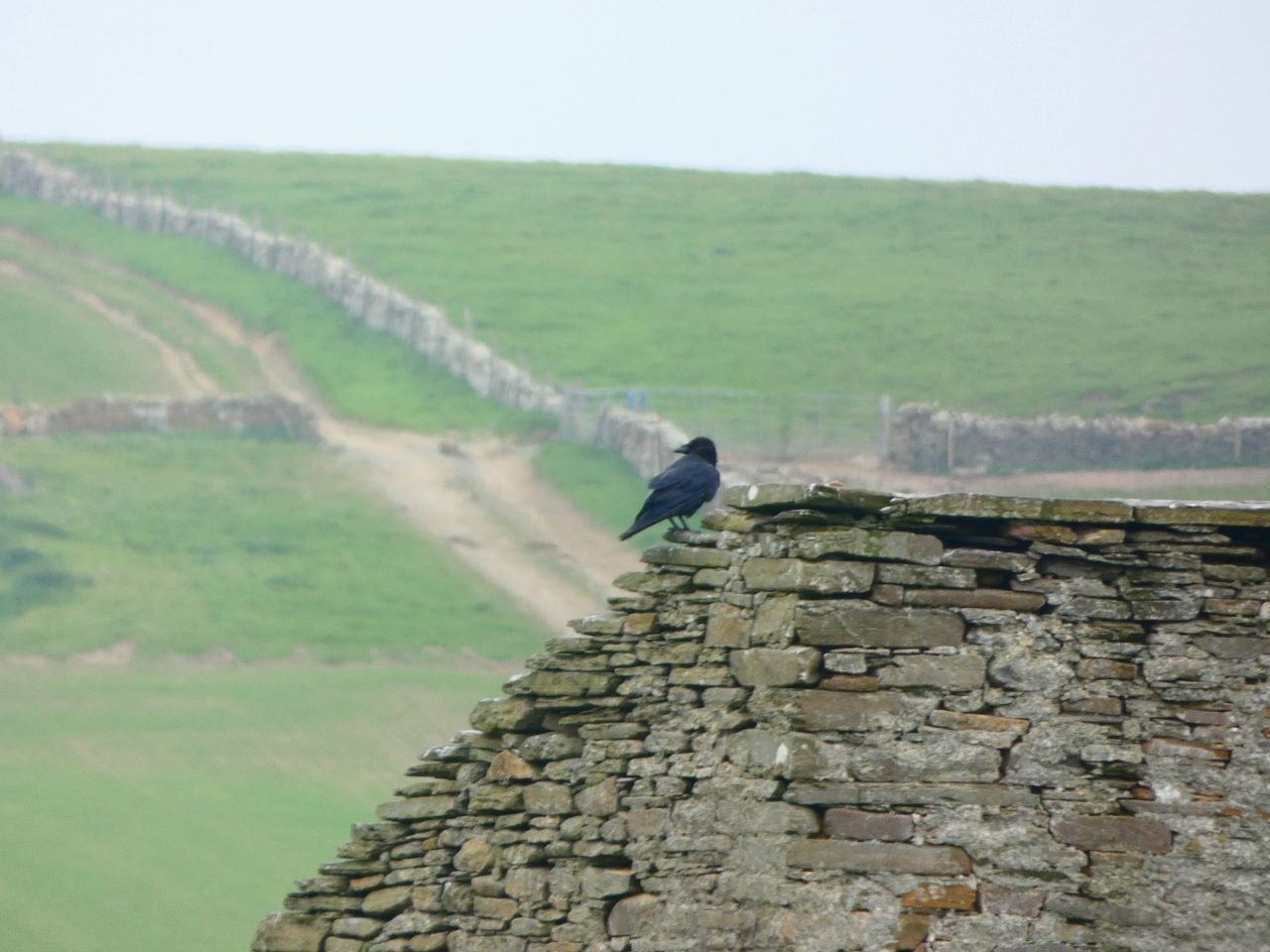
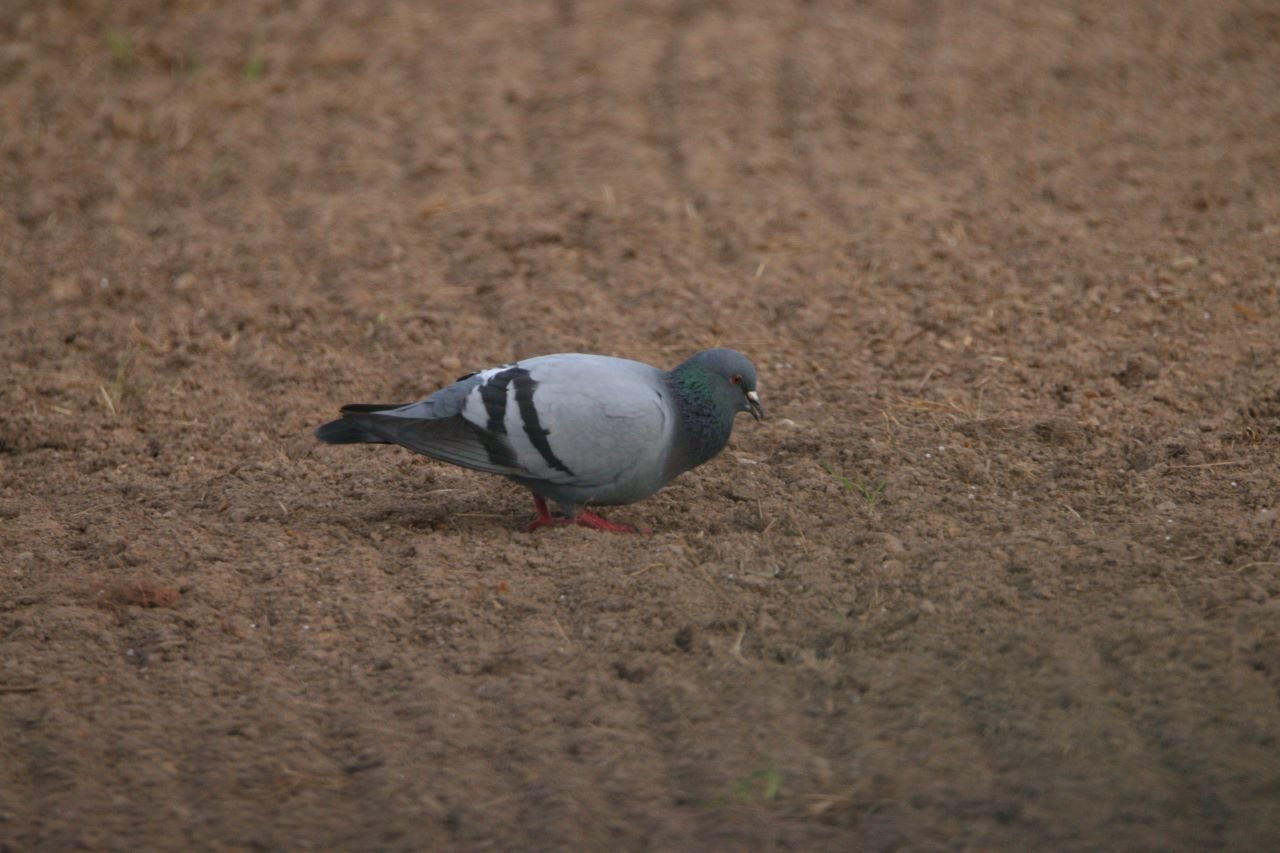
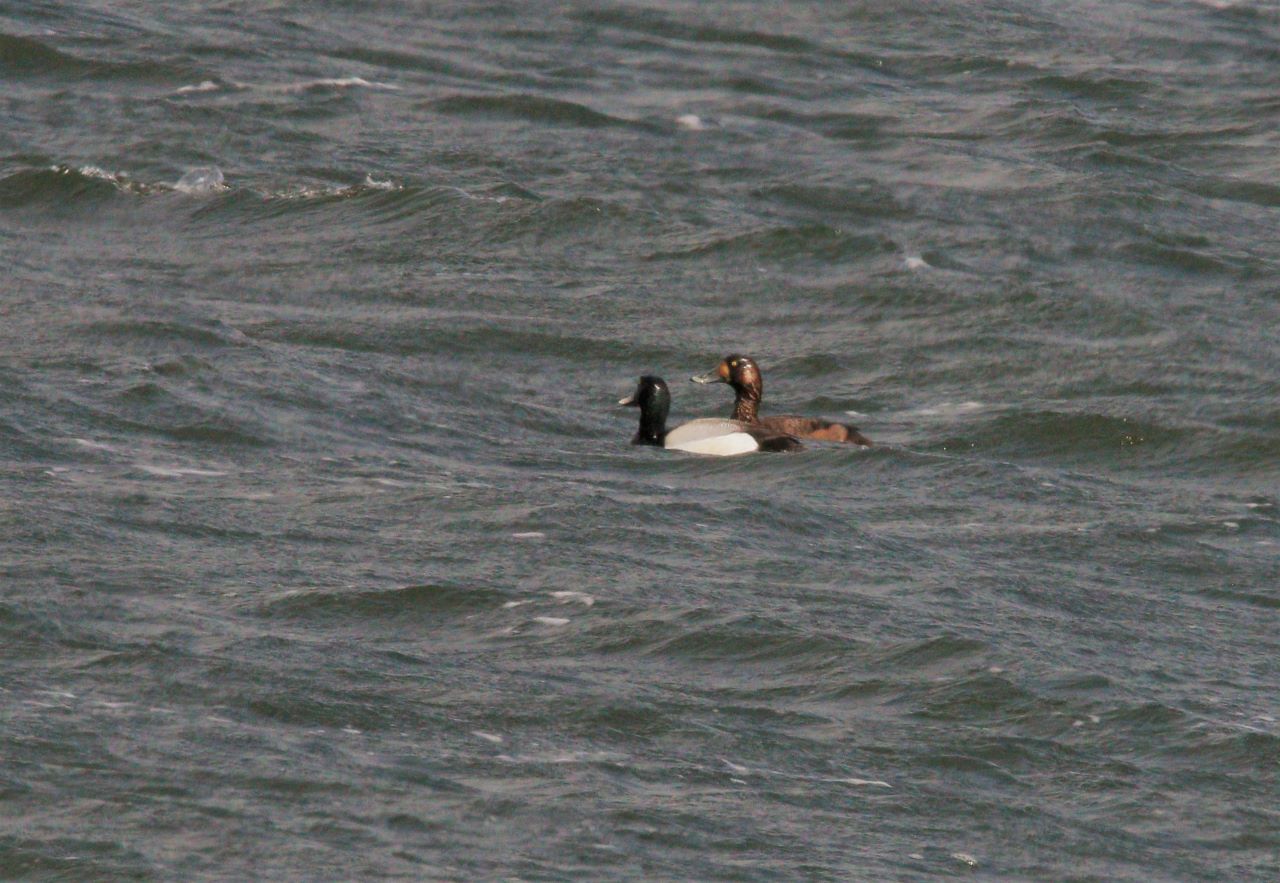
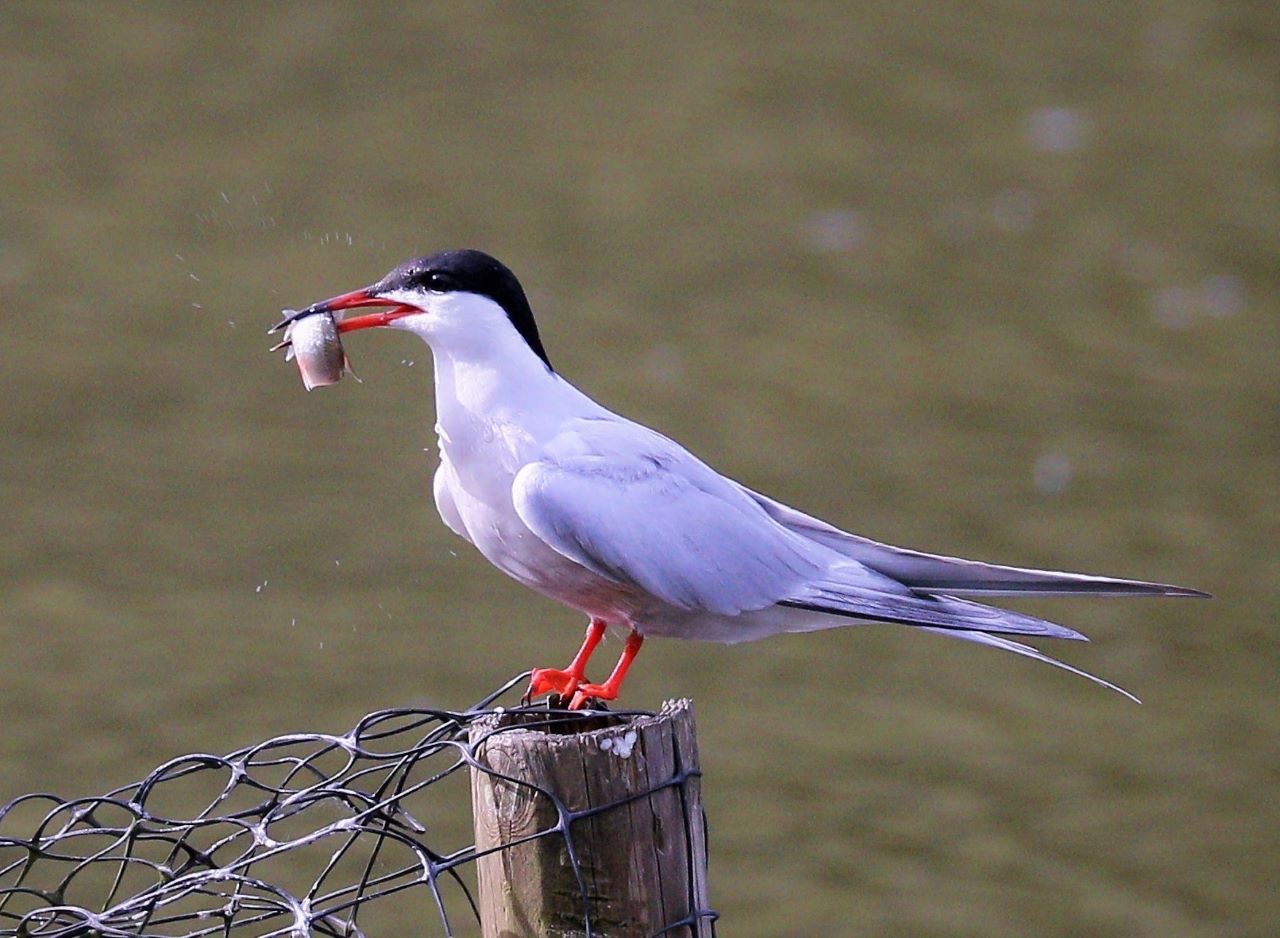
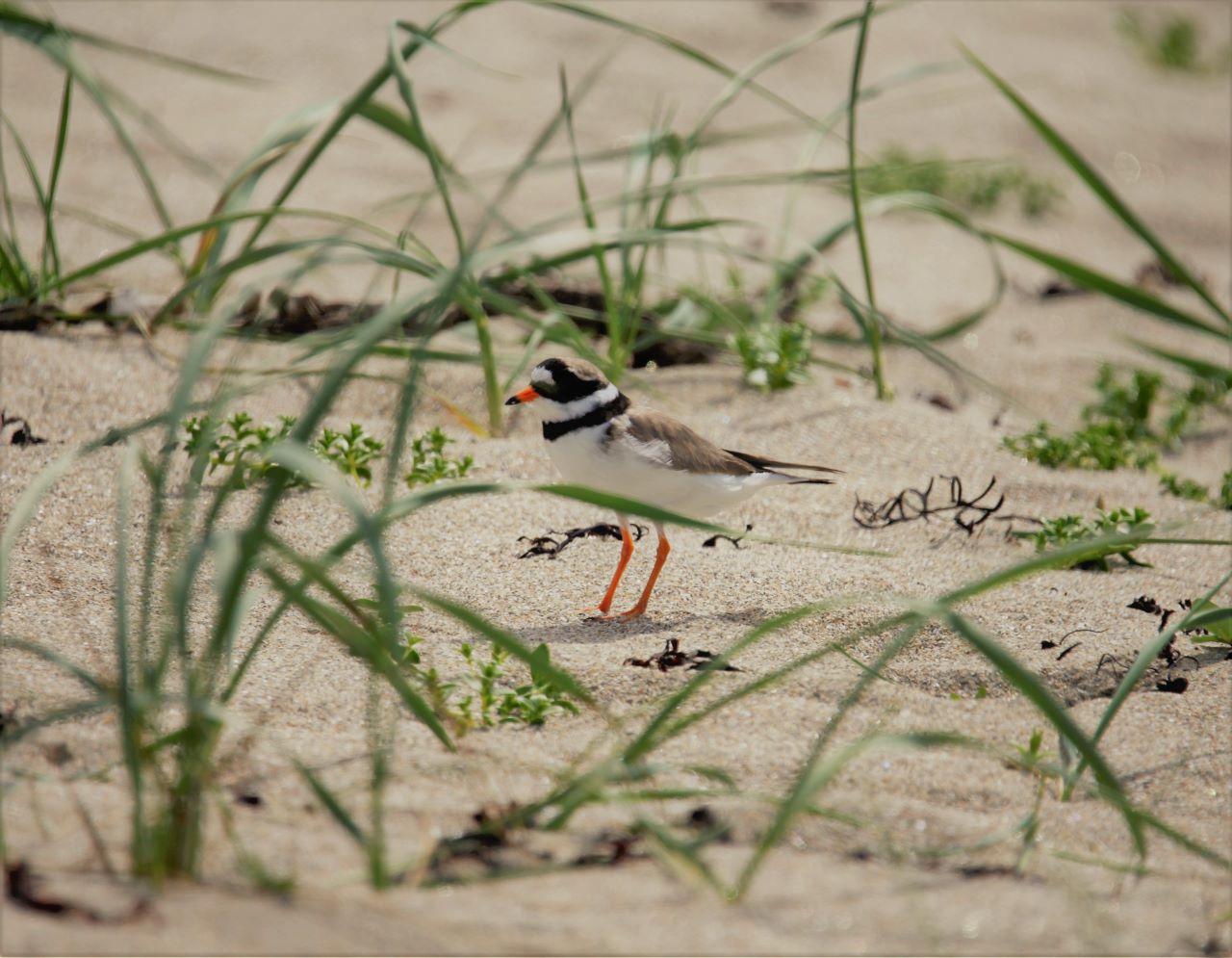
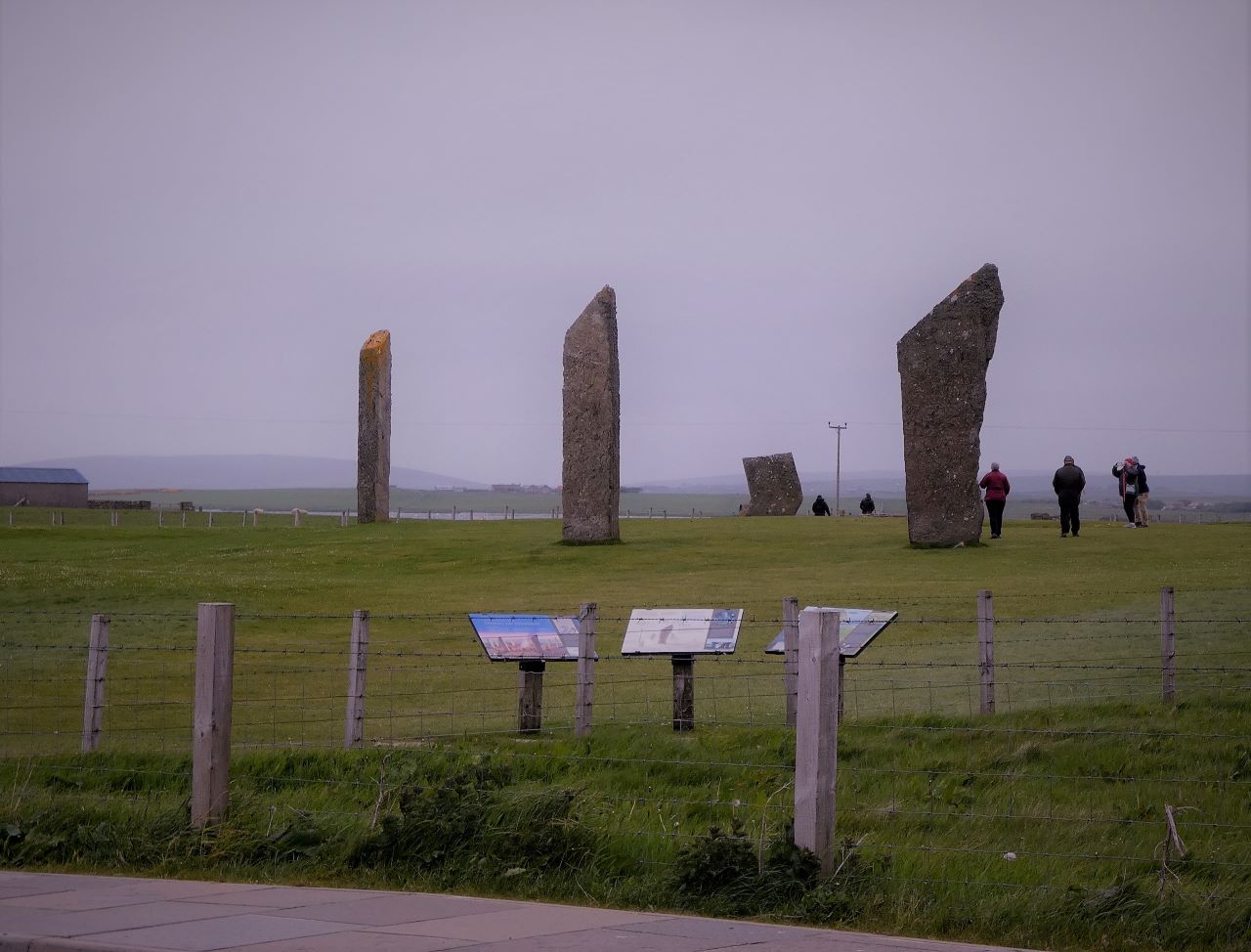

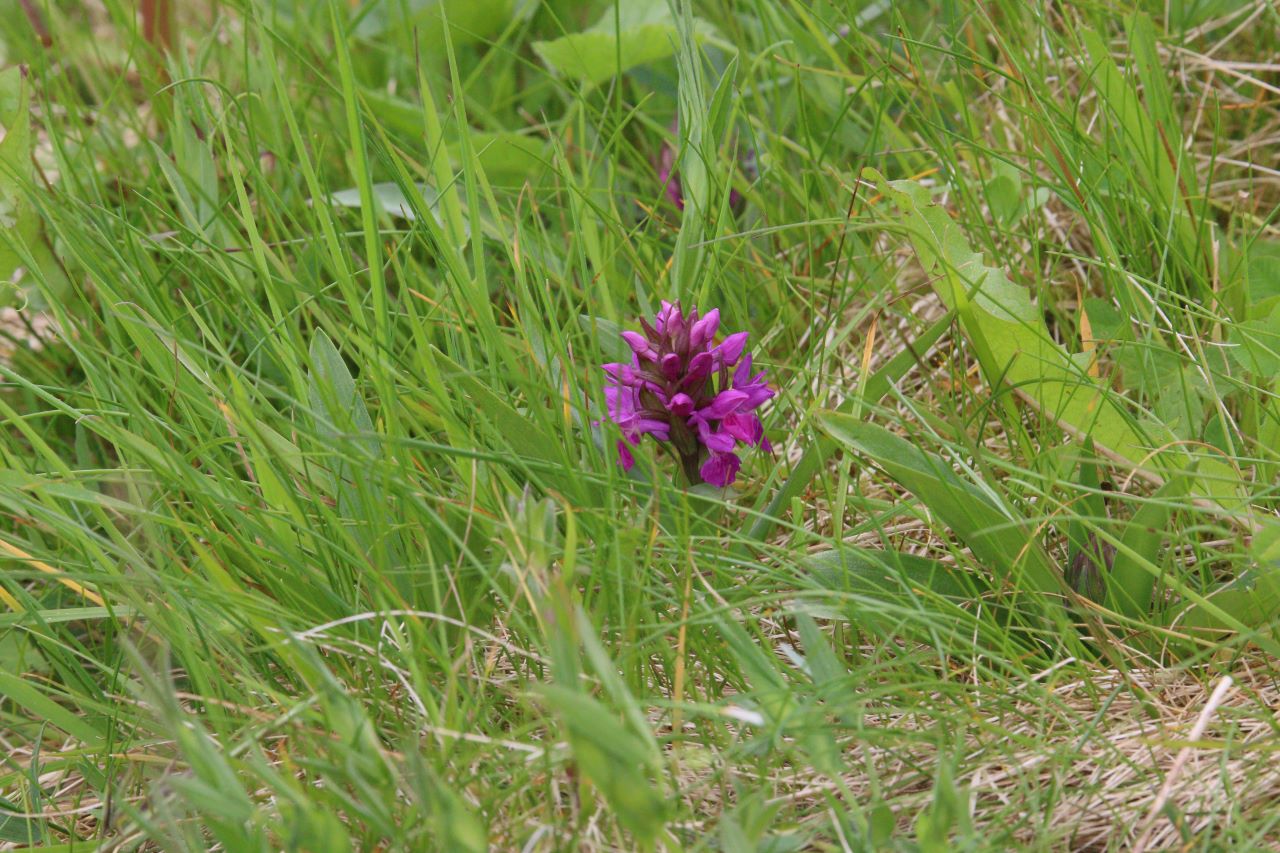



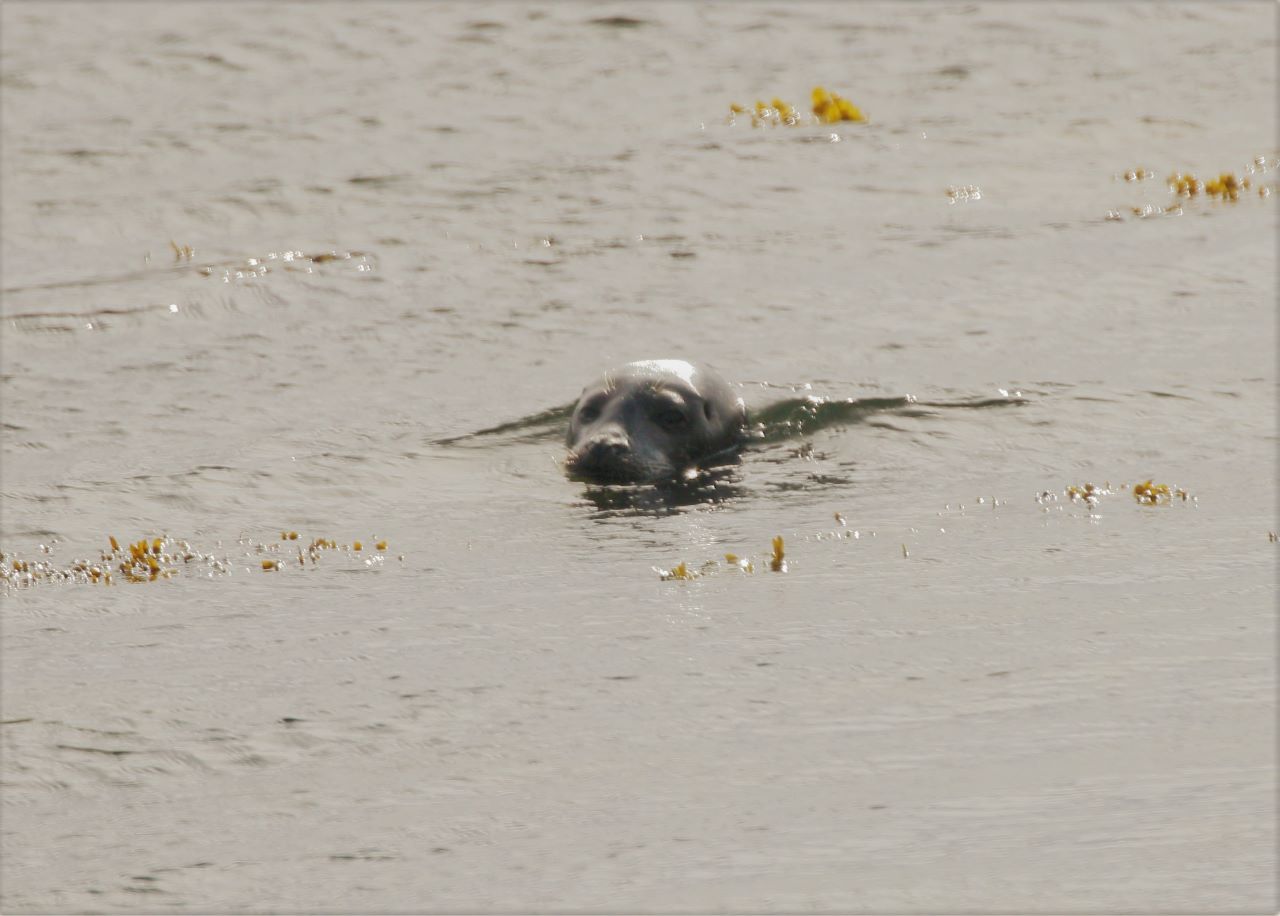

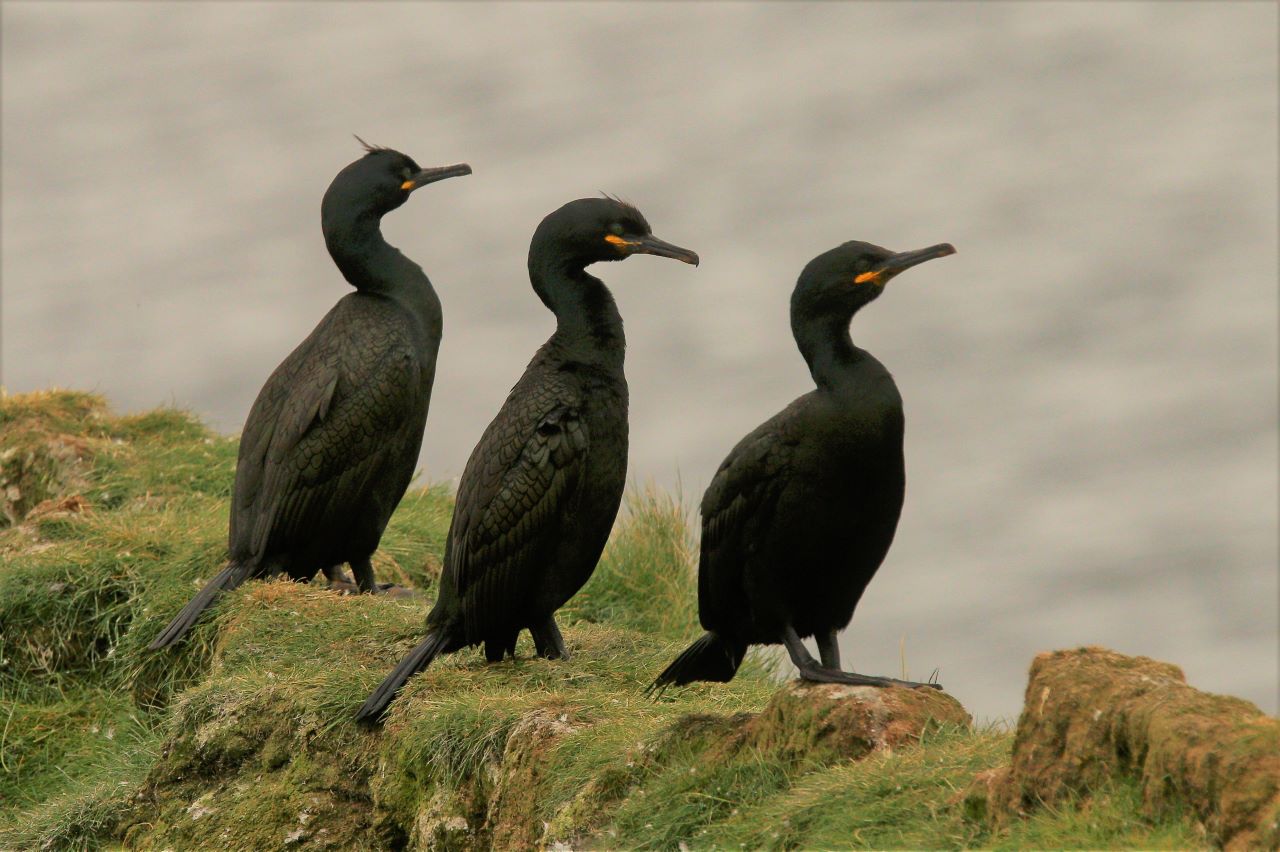
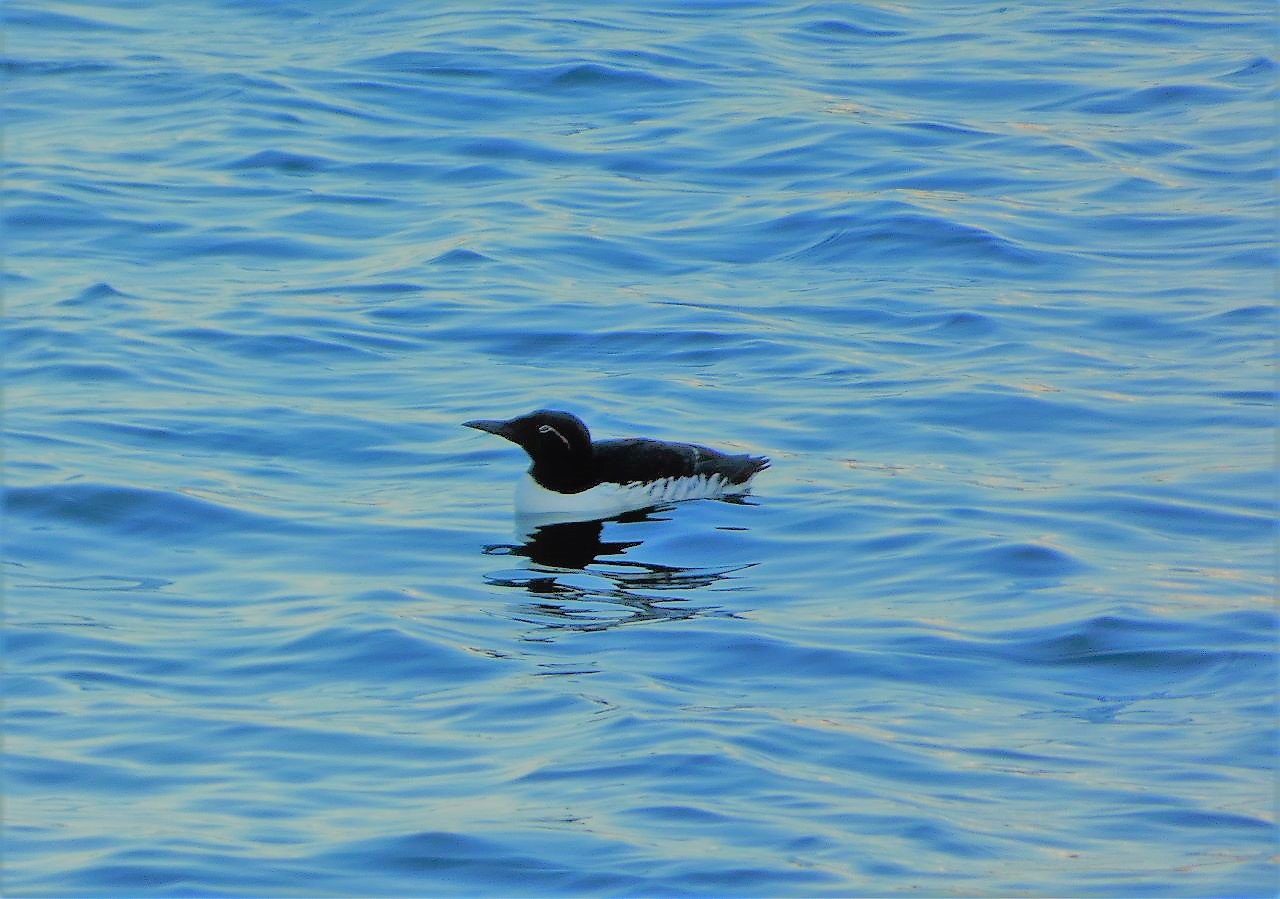
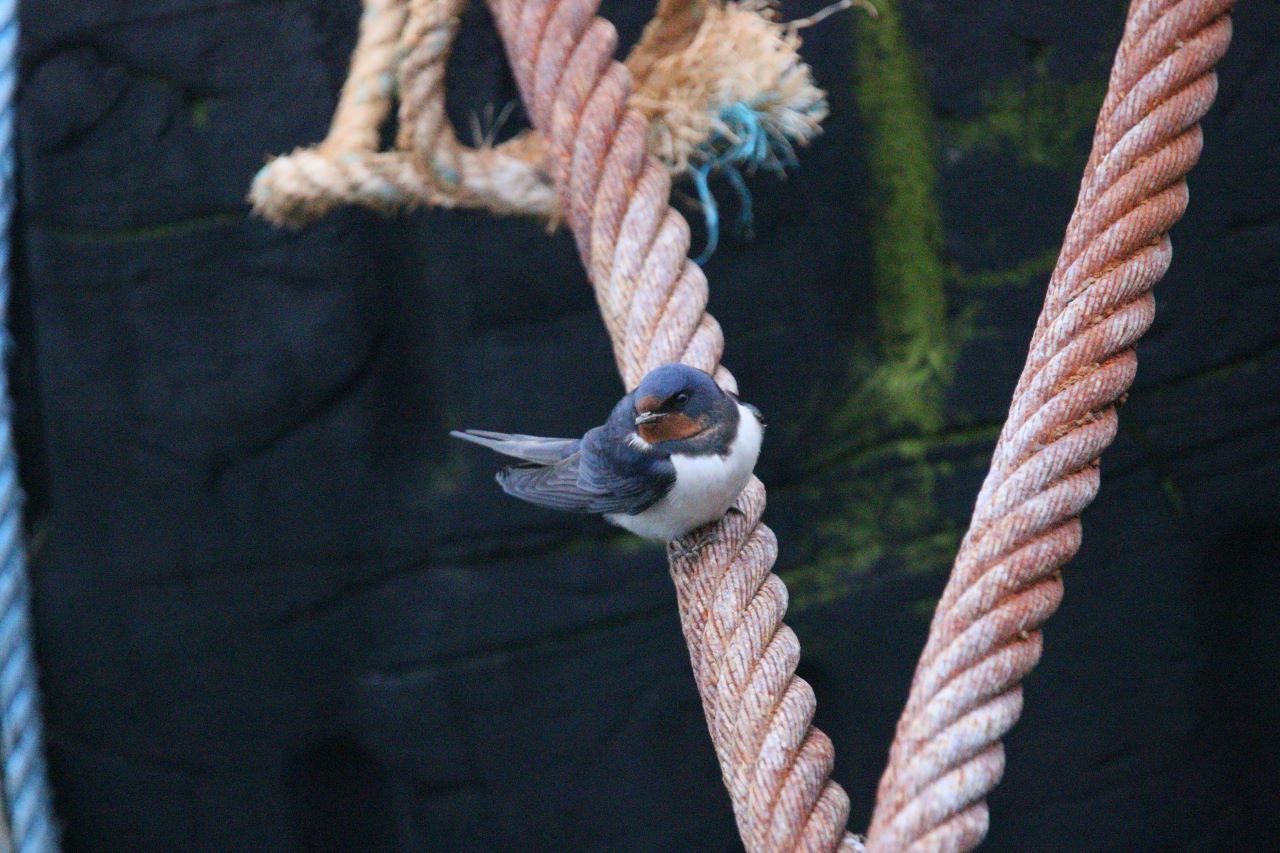

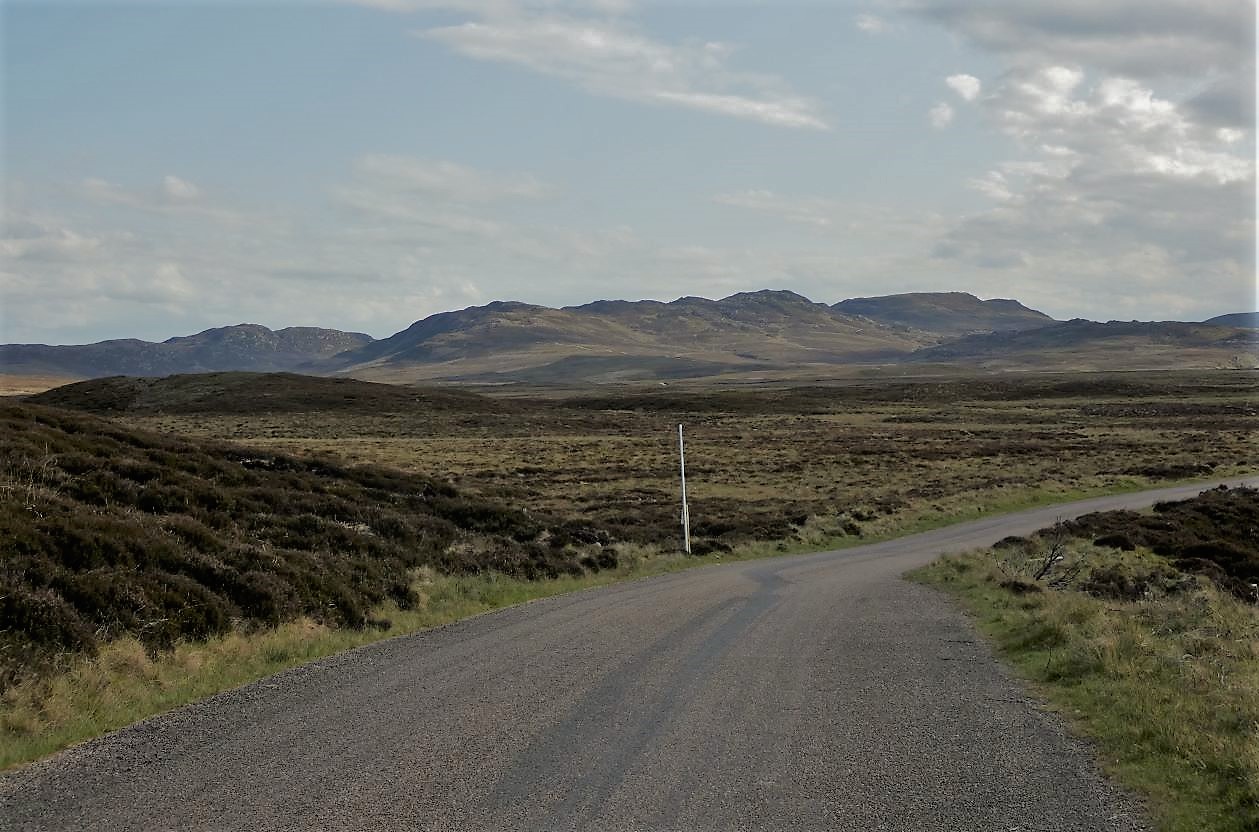

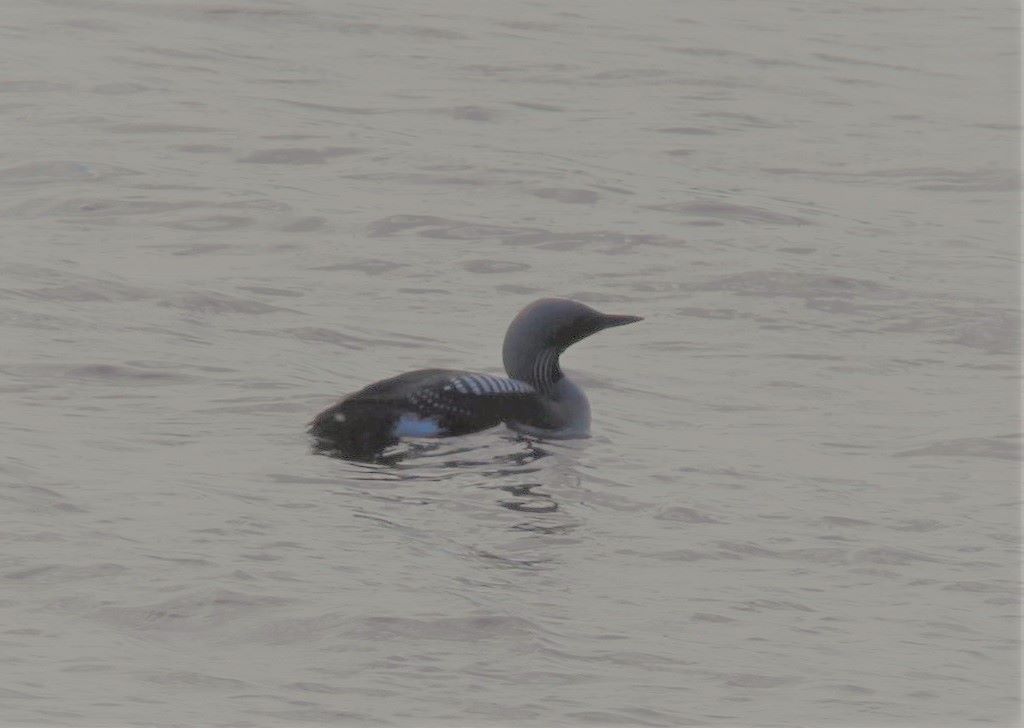
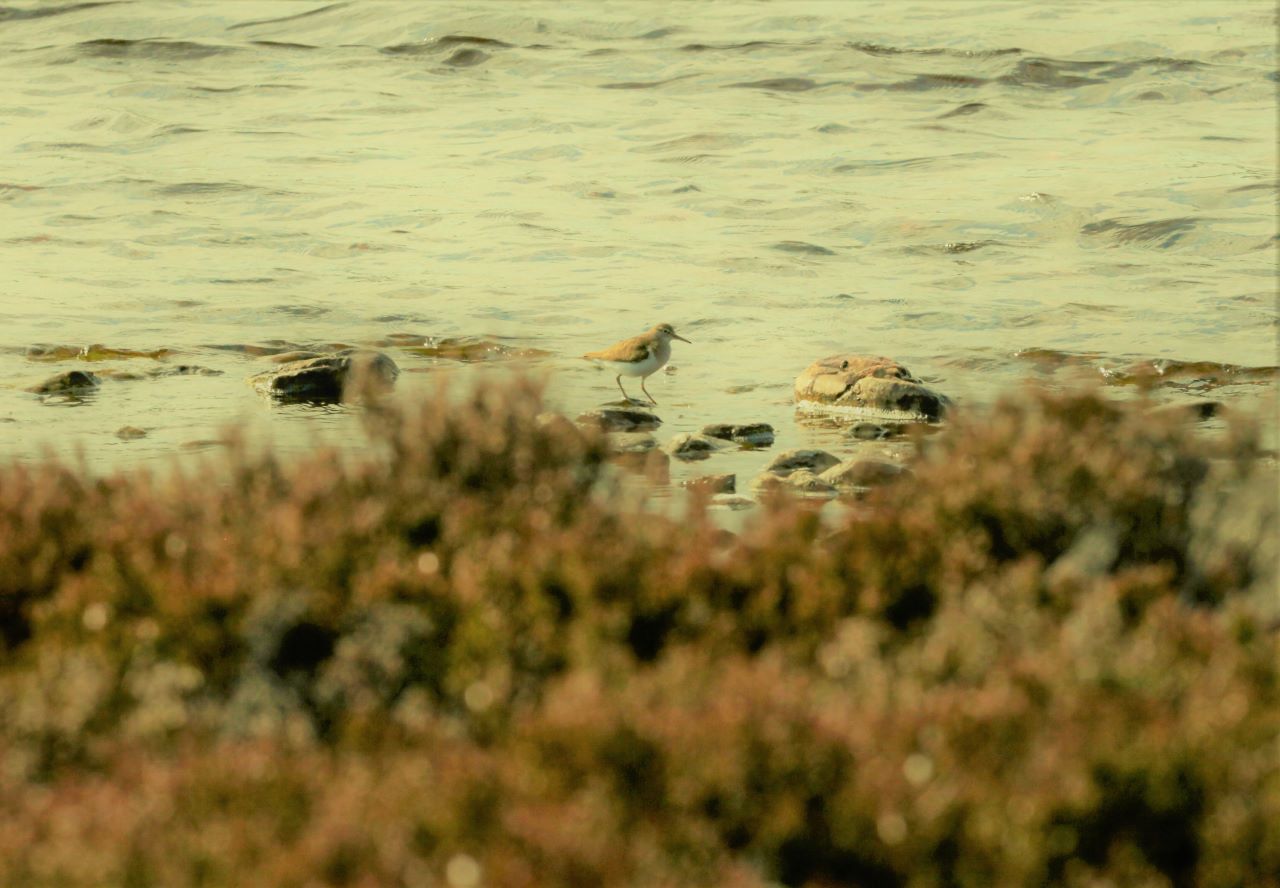
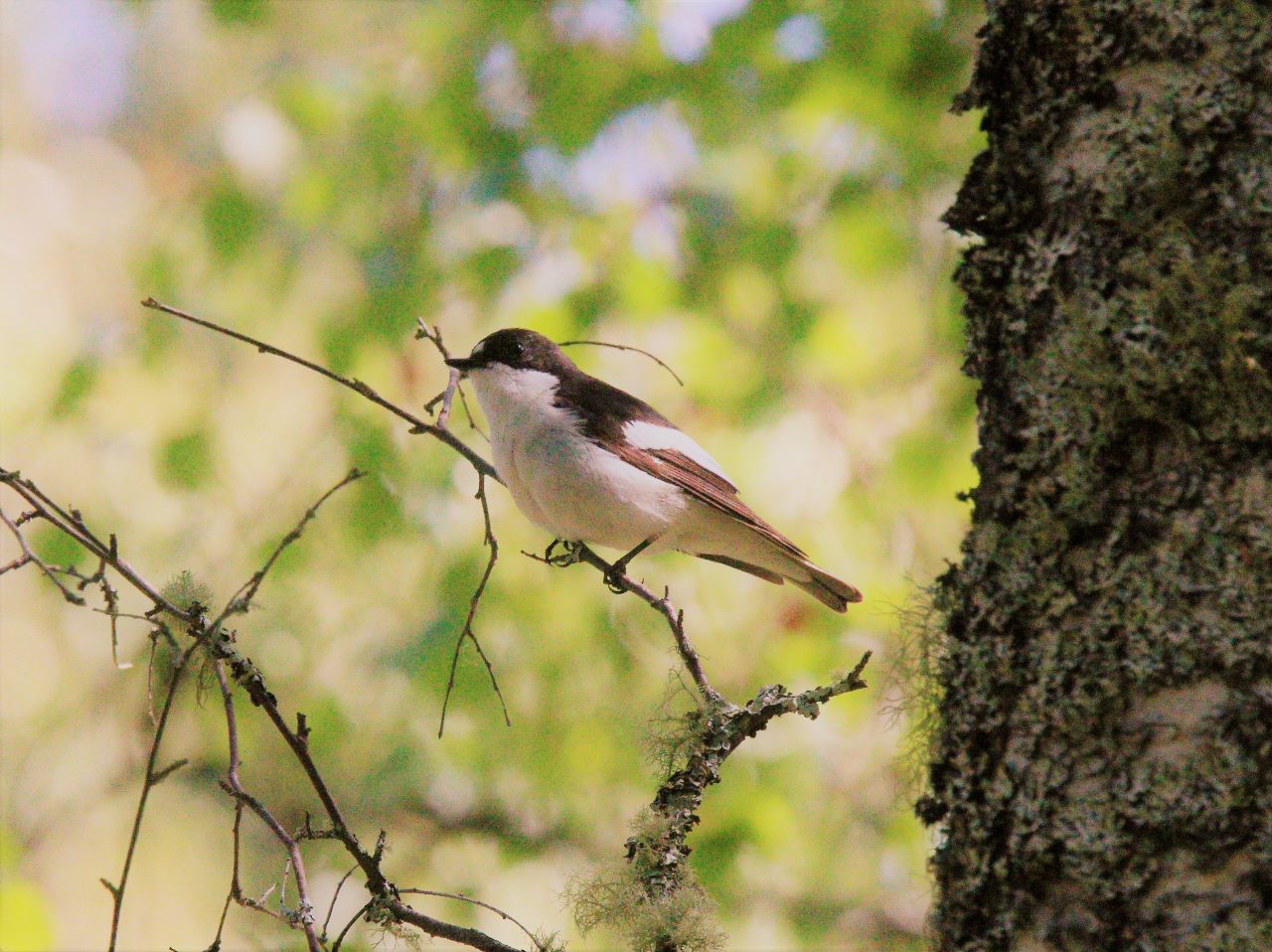
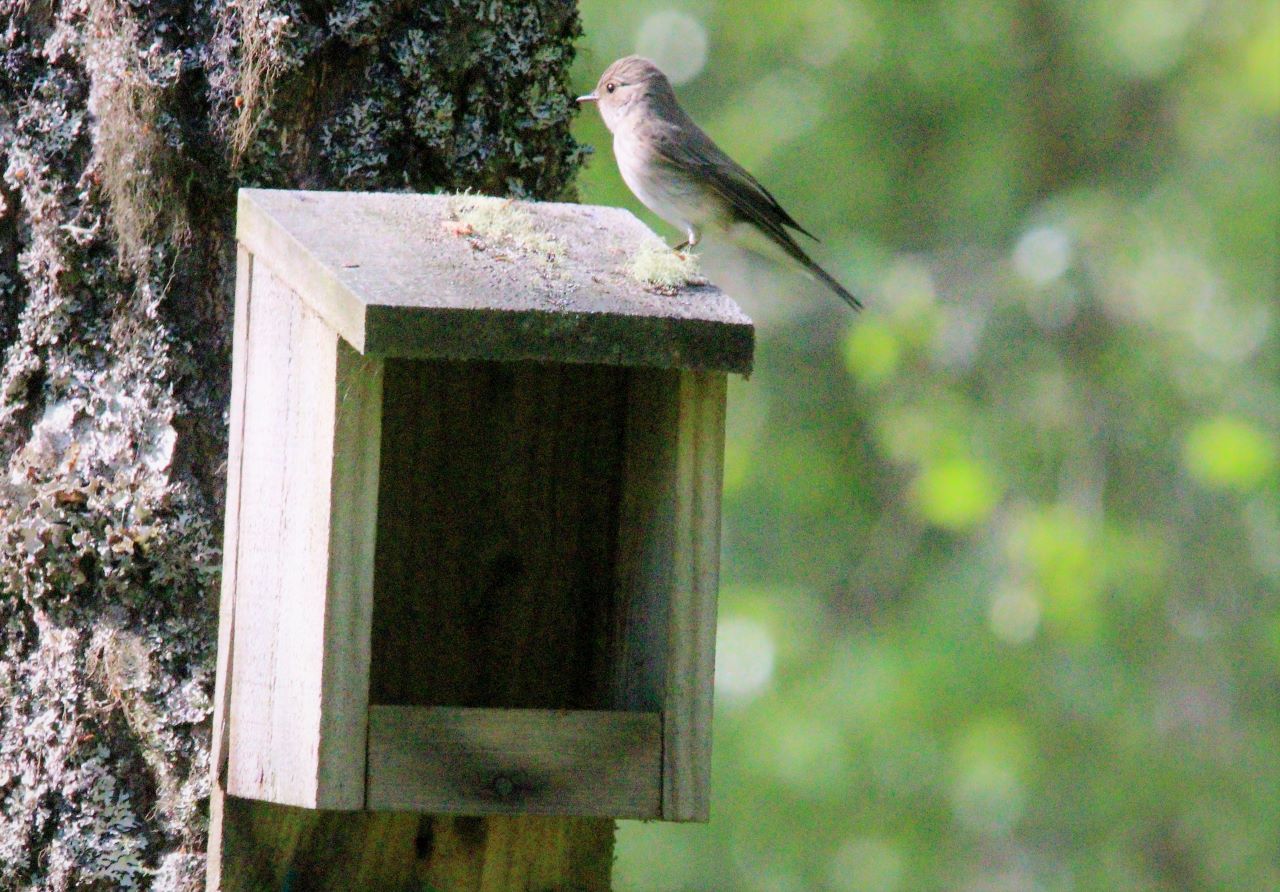
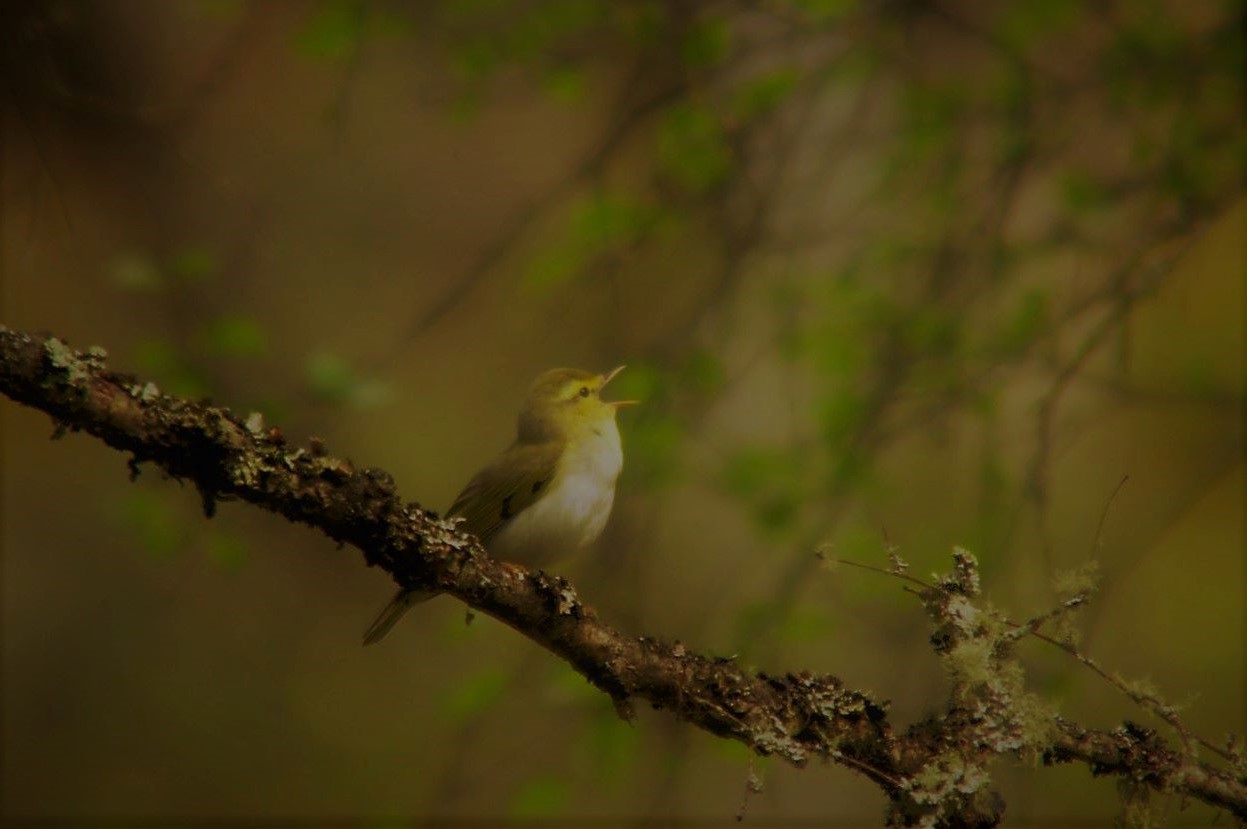

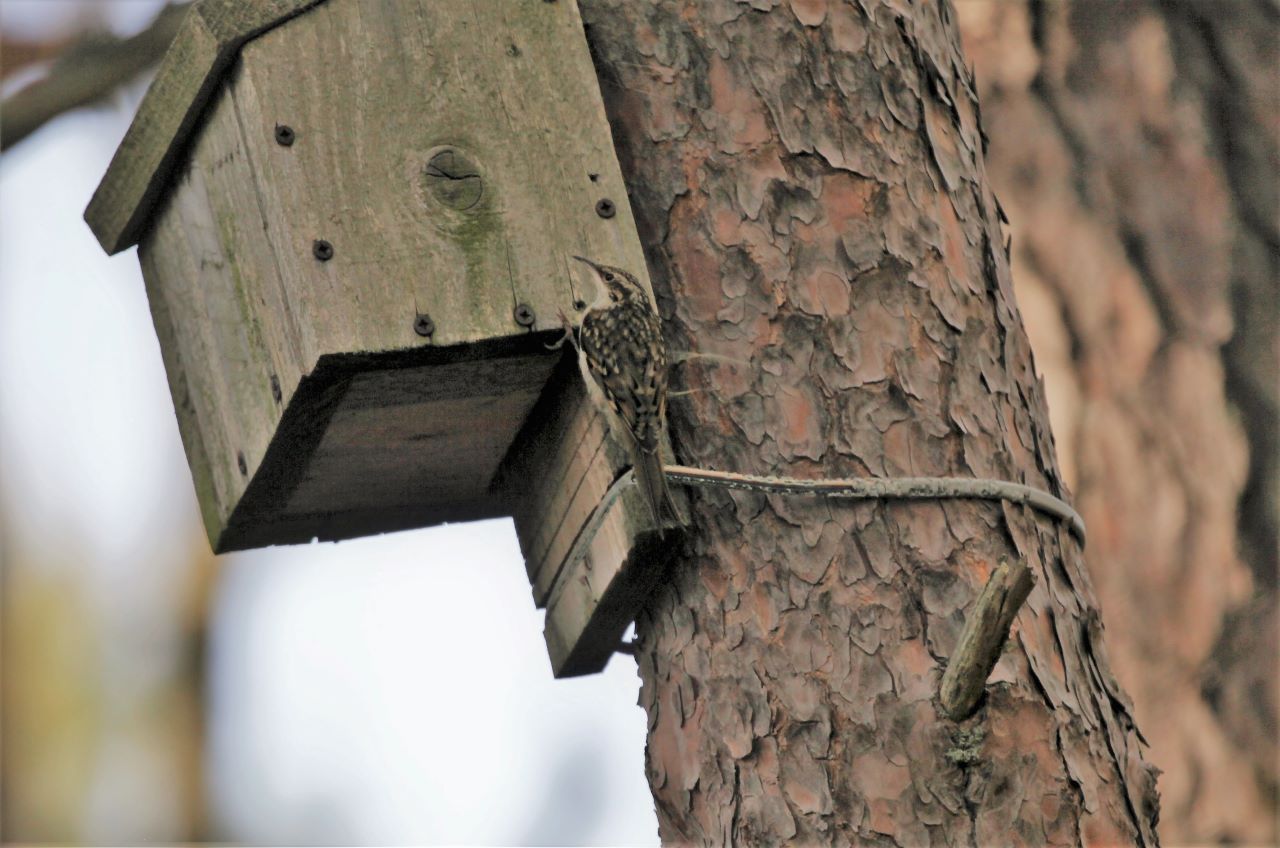
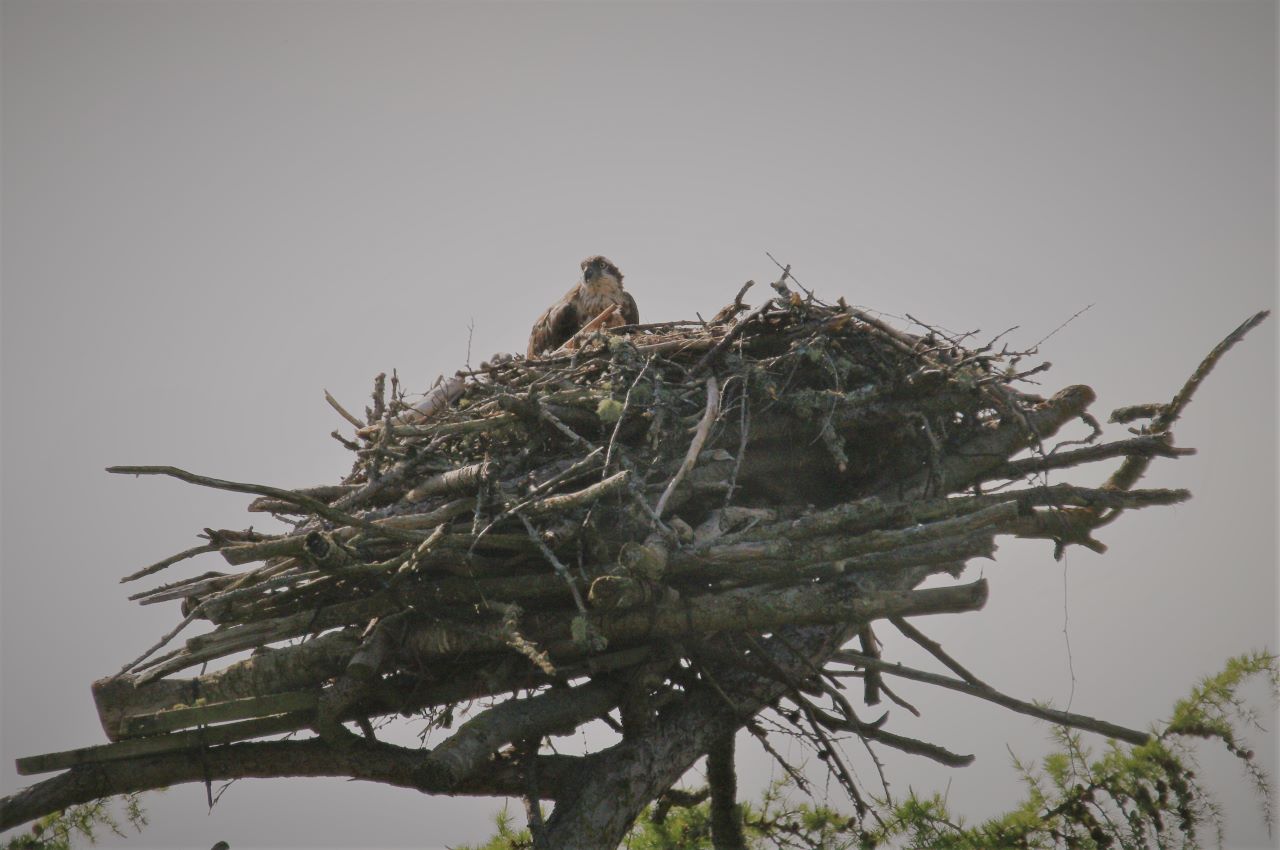
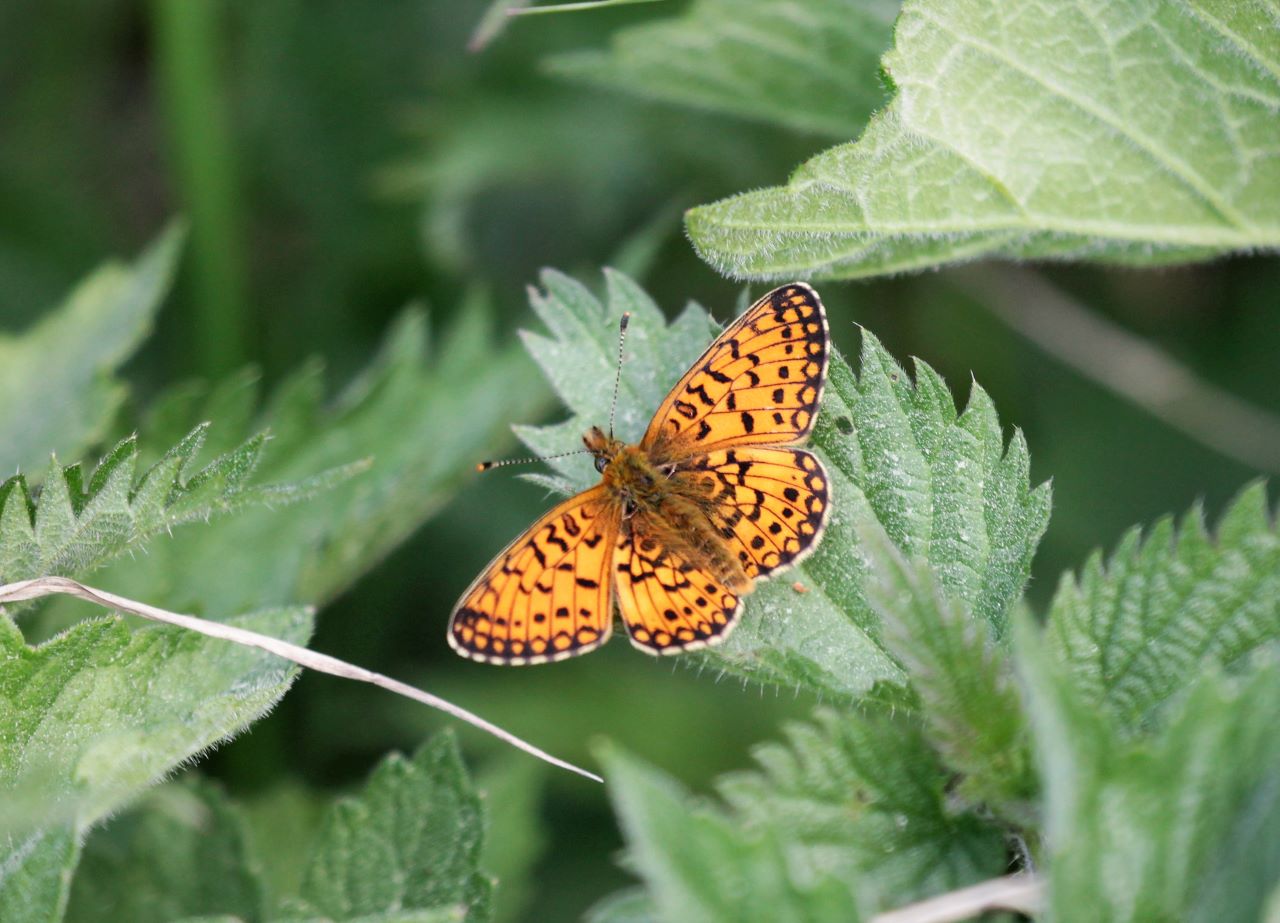
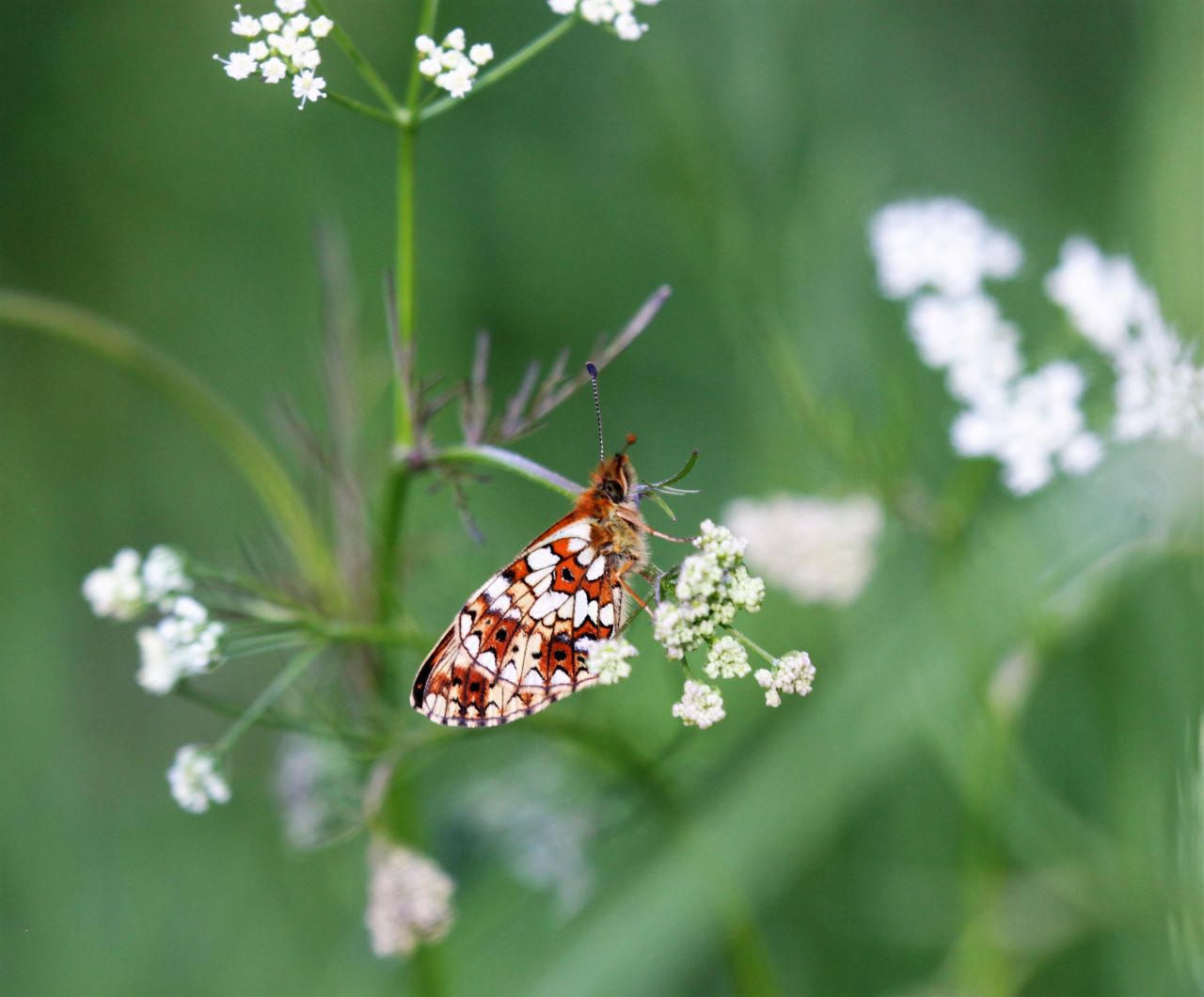






Recent Comments